GALÁPAGOS EN FOCO
De lo natural a lo humano | From the natural to the human
 MATEO DANIEL BARRERA CORNEJO
MATEO DANIEL BARRERA CORNEJO



De lo natural a lo humano | From the natural to the human
 MATEO DANIEL BARRERA CORNEJO
MATEO DANIEL BARRERA CORNEJO


De lo natural a lo humano | From the natural to the human

© MATEO DANIEL BARRERA CORNEJO
Primera Edicion, Quito, Enero, 2024
Mateo Daniel Barrera Cornejo
Almudena María Grandal Barreiro
Xavier Granja Cedeño
2024/01/26
©2024 MATEO DANIEL CORNEJO
Todos los derechos reservados. Ninguna parte de este libro puede ser reproducida, distribuida, recuperada, almacenada o transmitida en ninguna forma o por ningún medio, incluyendo fotocopia, grabación u otro método electrónico o mecánico, sin el permiso previo y por escrito del autor.
All rights reserved. No part of this book may be reproduced, recovered, saved, distributed, or transmitted in any form or by any means, including photocopying, recording, or other electronic or mechanical methods, without the prior written permission of the publisher.


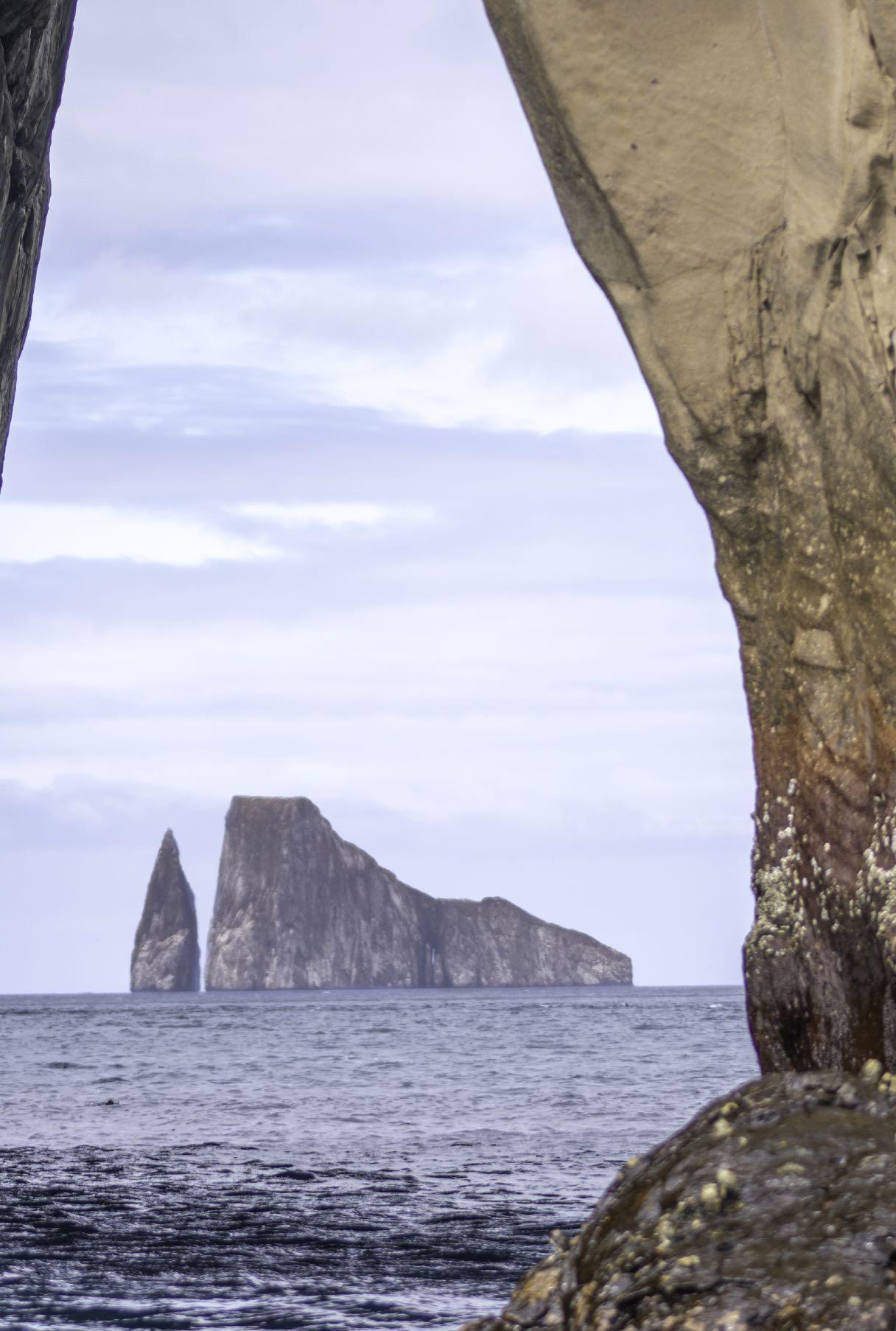
El Parque Nacional Galápagos es un atractivo turístico reconocido mundialmente. Su inmensa biodiversidad atrae no solo a turistas, sino también a botánicos, a biólogos, y a muchos otros científicos.
Se llega al archipiélago con tan solo dos horas de vuelo desde el Aeropuerto José Joaquín de Olmedo, ubicado en la ciudad de Guayaquil, Ecuador. Las islas cuentan con dos aeropuertos, uno en la Isla de Baltra y el otro en San Cristóbal. Galápagos, también conocido como el Archipiélago de Colón, agrupa diecinueve islas, cuarenta y dos islotes, y veintiséis rocas que pertenecen al Ecuador.
The Galapagos National Park is a globally recognized tourist attraction. Its immense biodiversity not only attracts tourists but also botanists, biologists, and many other scientists.
The archipelago can be reached with just a twohour flight from José Joaquín de Olmedo Airport, located in the city of Guayaquil, Ecuador. The islands have two airports, one on Baltra Island and the other on San Cristóbal. Galapagos, also known as the Colombus Archipelago, comprises nineteen islands, forty-two islets, and twenty-six rocks that belong to Ecuador.
Se encuentran ubicados los mismos a mil kilómetros del continente. Se conocen también bajo el apelativo de las “Islas Encantadas”, un nombre que se utiliza desde tiempos de la colonia, debido a la creencia que aparecían y desaparecían como por encanto, porque los navegantes españoles no eran capaces de ubicarlas con certeza en sus cartas de navegación.
The islands are located a thousand kilometers from the continent. They are also known by the name “Enchanted Islands,” a term used since colonial times due to the belief that they appeared and disappeared as if by magic, as Spanish navigators were unable to accurately locate them on their navigation charts.
Fueron descubiertas el 10 de marzo de 1535, por un fraile de nombre Tomás de Berlanga. Las Islas Galápagos son un destino verdaderamente increíble. Situadas en el océano Pacífico, estas islas volcánicas son conocidas por su asombrosa biodiversidad y su papel histórico en la teoría de la evolución de Charles Darwin.
Con una flora y fauna únicas en el mundo, las Galápagos ofrecen una experiencia inigualable para los amantes de la naturaleza y la aventura.
They were discovered on March 10, 1535, by a friar named Tomás de Berlanga. The Galápagos Islands are a truly incredible destination.
Located in the Pacific Ocean, these volcanic islands are renowned for their astonishing biodiversity and historical significance in Charles Darwin’s theory of evolution.
With a flora and fauna found nowhere else on Earth, the Galápagos provide an unparalleled experience for nature and adventure enthusiasts.
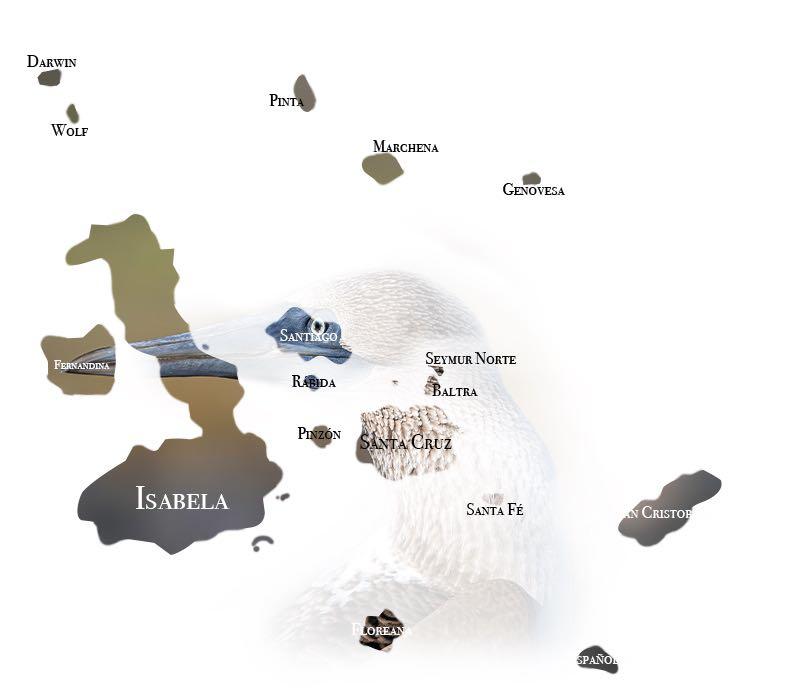


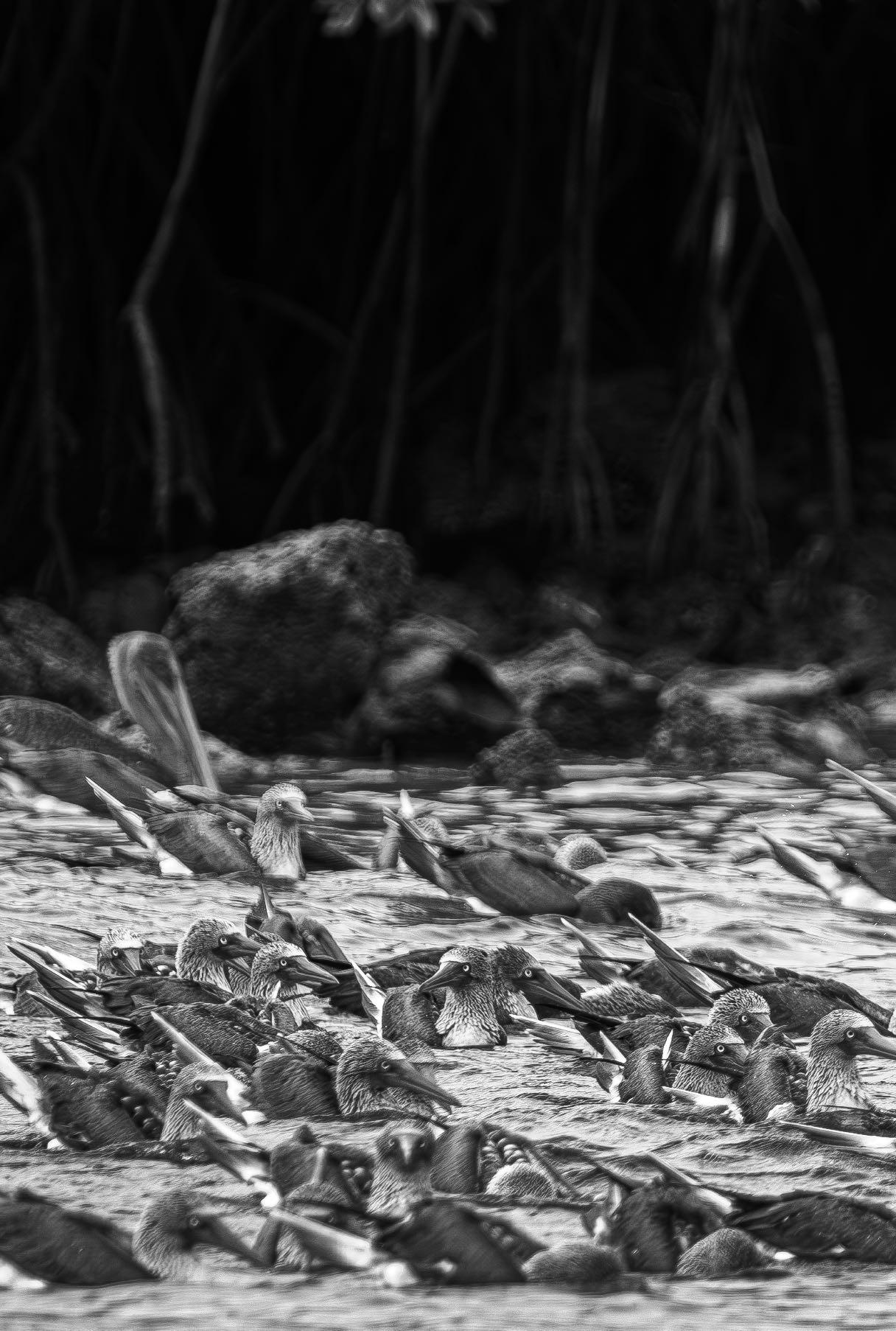



Las Islas Galápagos, ese extraordinario archipiélago enclavado en el Pacífico, son el hogar de una amplia gama de especies de aves que han evolucionado de manera única en respuesta a las condiciones únicas de este entorno aislado.
Estas aves no solo desempeñan un papel esencial en el delicado equilibrio ecológico del archipiélago, sino que también han capturado la atención a sus sorprendentes adaptaciones.
Uno de los grupos mas fascinantes es el de las especies estrechamente relacionadas que, gracias a su vulnerabilidad en características físicas, han proporcionado valiosas lecciones sobre la teoría de la evolución.
The Galapagos Islands, that extraordinary archipelago nestled in the Pacific, serve as home to a wide range of bird species that have evolved uniquely in response to the distinctive conditions of this isolated environment. These birds not only play an essential role in the delicate ecological balance of the archipelago but have also captured the attention of scientists and nature enthusiasts worldwide due to their remarkable adaptations and distinctive behaviors. One of the most fascinating groups is that of closely related species which, thanks to their variability in physical characteristics, have provided valuable lessons on the theory of evolution.


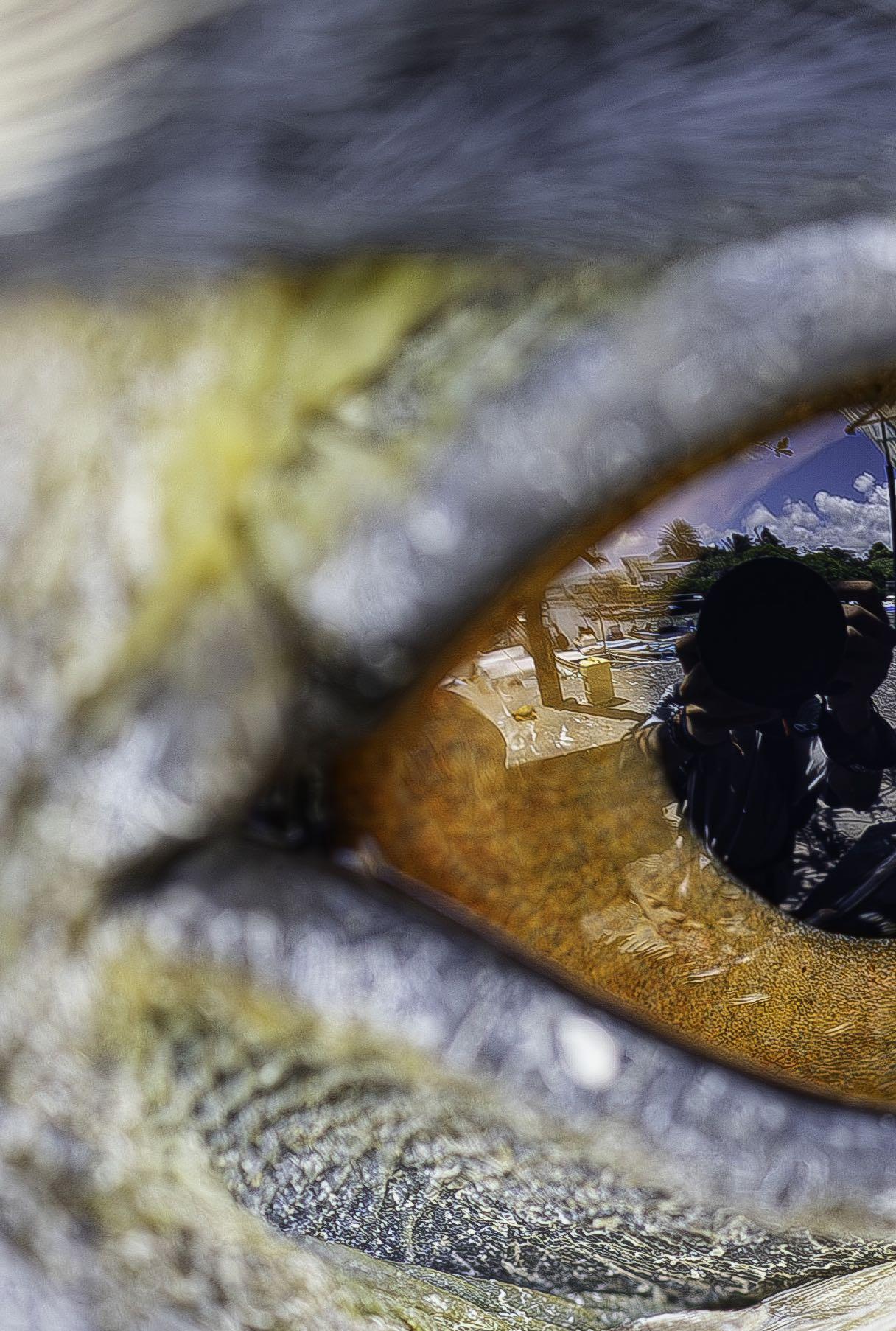

La observación de estas aves ha permitido que se comprenda más profundamente la influencia de la selección natural en la adaptación y diversificación de las especies a lo largo del tiempo. Los rituales de cortejo, que pueden incluir danzas elaboradas, exhibiciones de colores y cantos melodiosos, son elementos esenciales en el proceso de reproducción. Estos comportamientos no solo sirven para atraer parejas, sino que también desempeñan un papel crucial en la perpetuación de las características genéticas beneficiosas.
The observation of these birds has allowed for a deeper understanding of the influence of natural selection on the adaptation and diversification of species over time. The courtship rituals, which can include elaborate dances, displays of colors, and melodious songs, are essential elements in the process of reproduction. These behaviors not only serve to attract mates but also play a crucial role in perpetuating beneficial genetic traits.

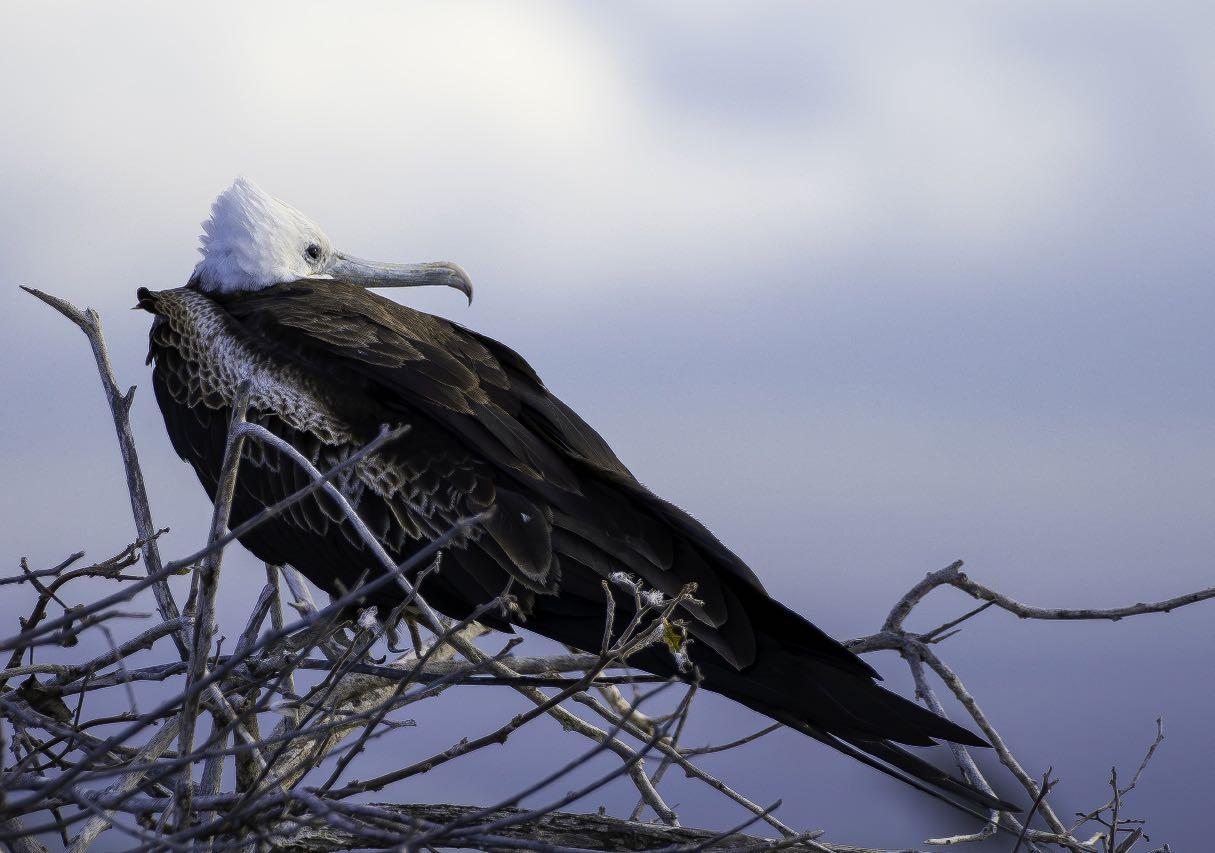

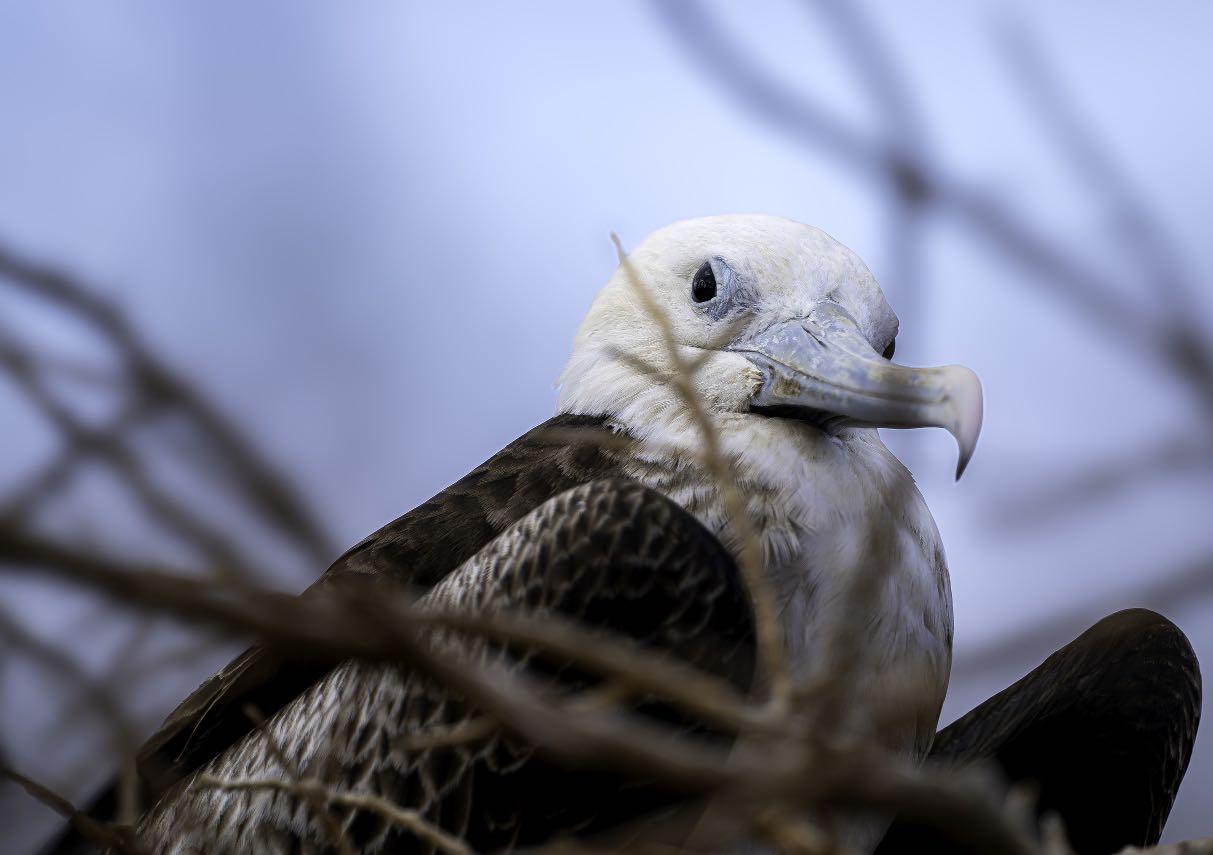



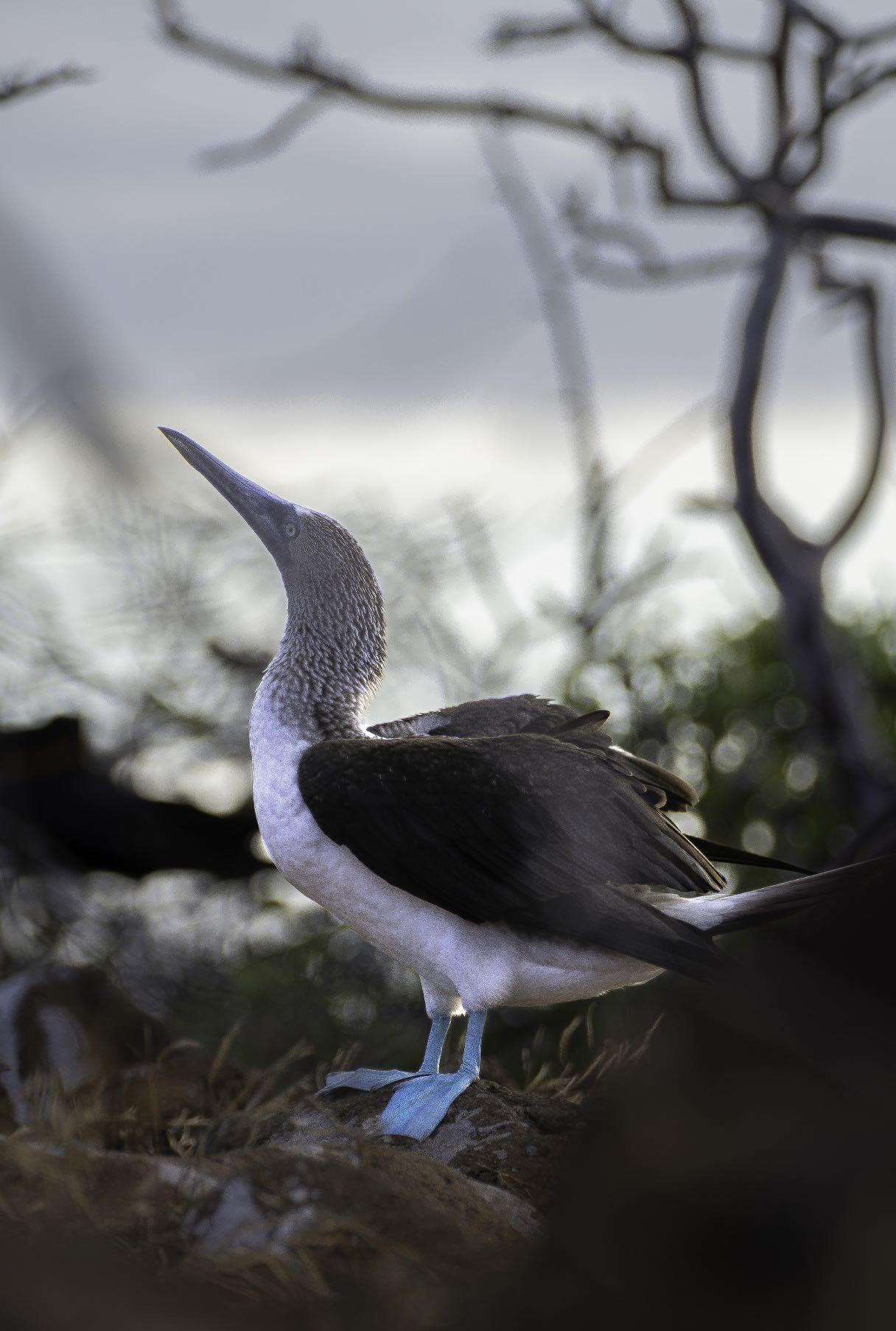


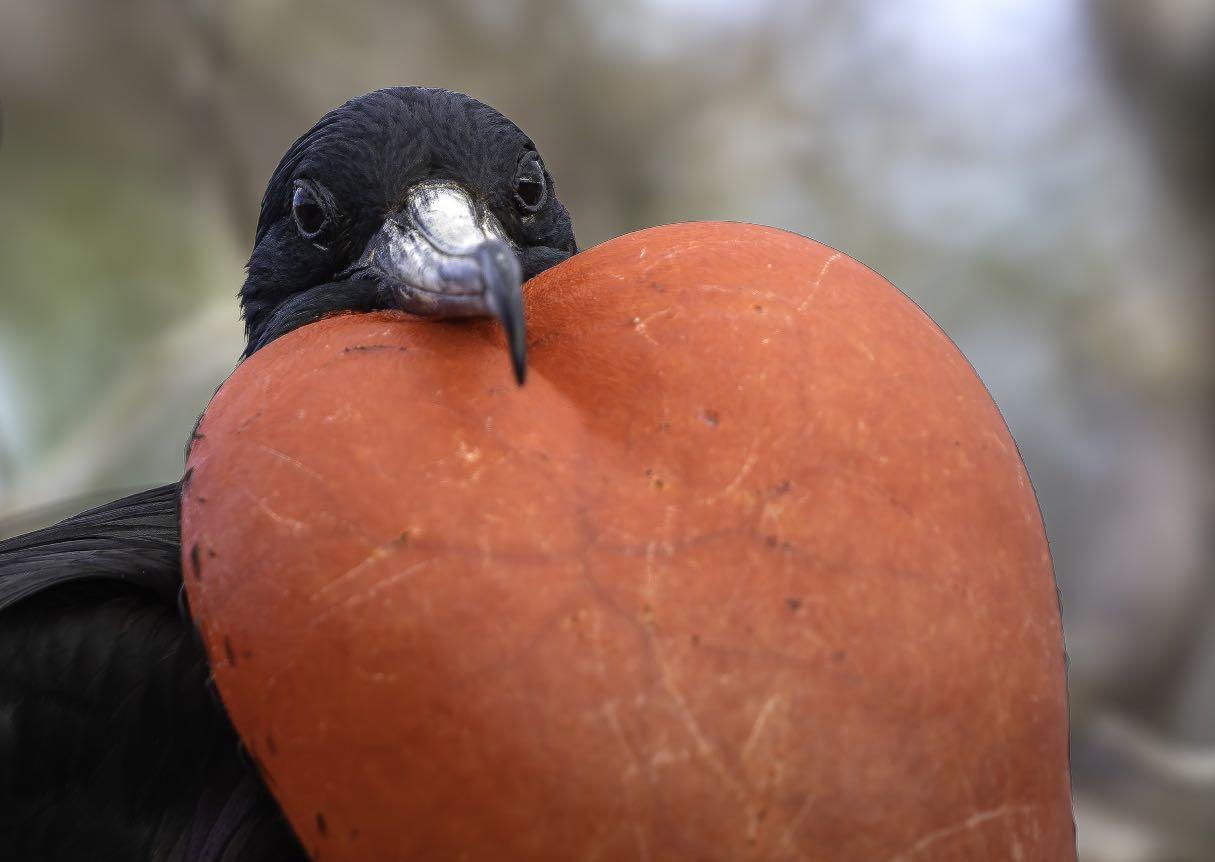

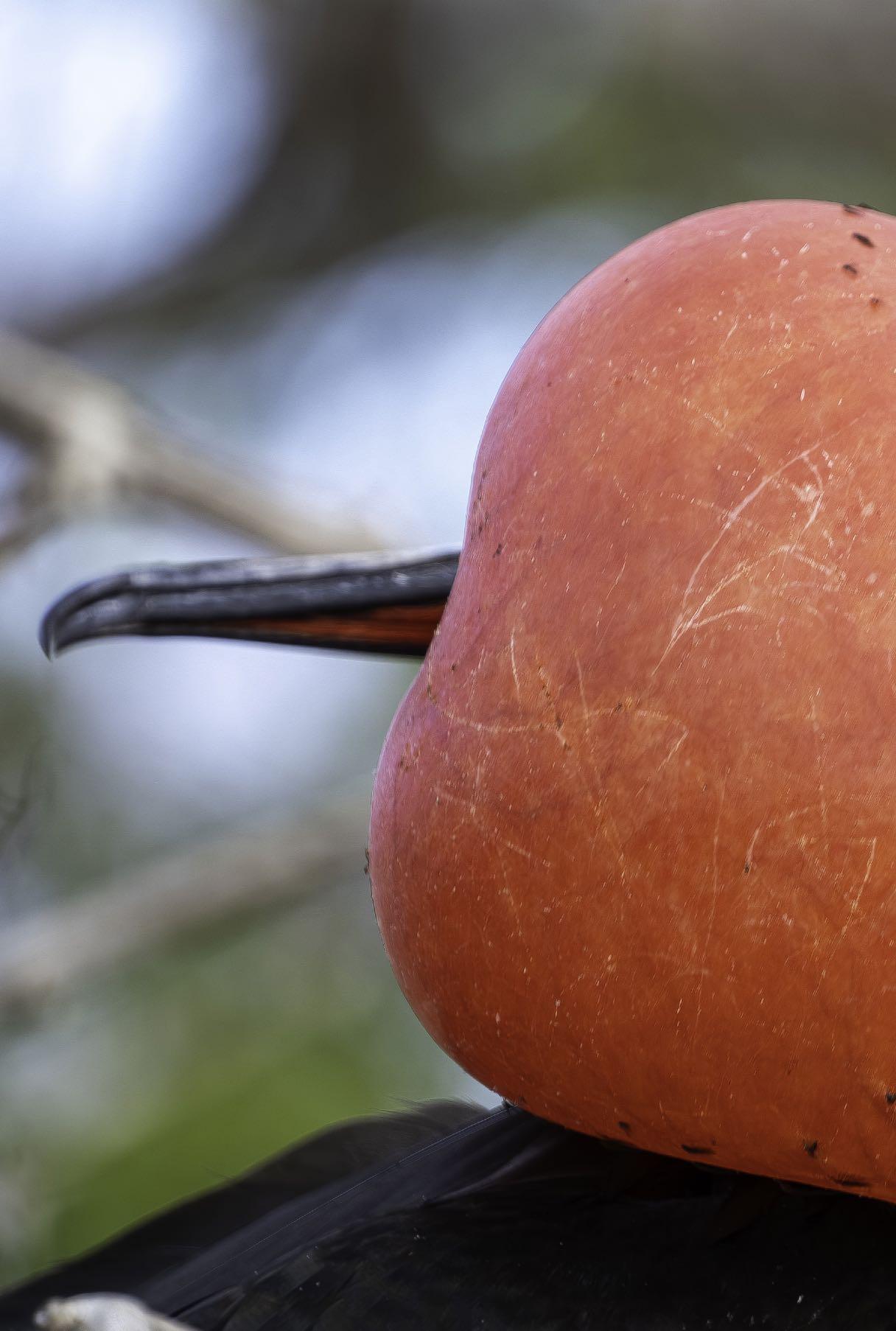

La biodiversidad de aves en Galápagos se extiende más allá de las tierras y abarca las aguas circundantes. Especies marinas, como los cormoranes que se han adaptado a la vida sin vuelo y los pingüinos únicos en el hemisferio norte, demuestran la versatilidad de estas criaturas para colonizar una variedad de hábitats, incluso en un entorno tan peculiar como las corrientes ecuatoriales
The biodiversity of birds in the Galápagos extends beyond the land and encompasses the surrounding waters. Marine species, such as flightless cormorants that have adapted to a life without flight and penguins unique to the northern hemisphere, demonstrate the versatility of these creatures to colonize a variety of habitats, even in such a peculiar environment as the equatorial currents.
La conservación de las aves y el ecosistema en su conjunto es de vital importancia para preservar la rica miríada de las Galápagos. La comprensión y protección de estas maravillas naturales son esenciales para garantizar que las futuras generaciones puedan apreciar la asombrosa diversidad de aves que han encontrado su hogar en este rincón remoto del planeta.
The conservation of birds and the ecosystem as a whole is of vital importance to preserve the rich biodiversity of the Galápagos. Understanding and protecting these natural wonders are essential to ensure that future generations can appreciate the astonishing diversity of birds that have found their home in this remote corner of the planet.



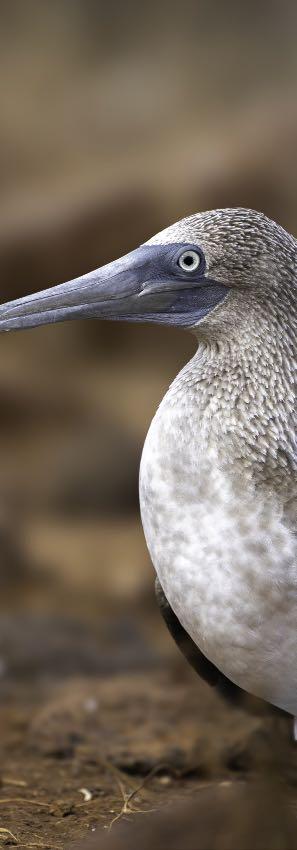
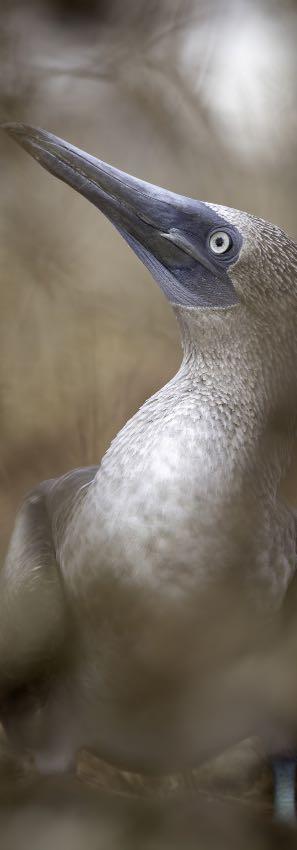

Recopilación de poses de un piquero de patas azules.

Recopilation of a series of blue-footed booby’s.



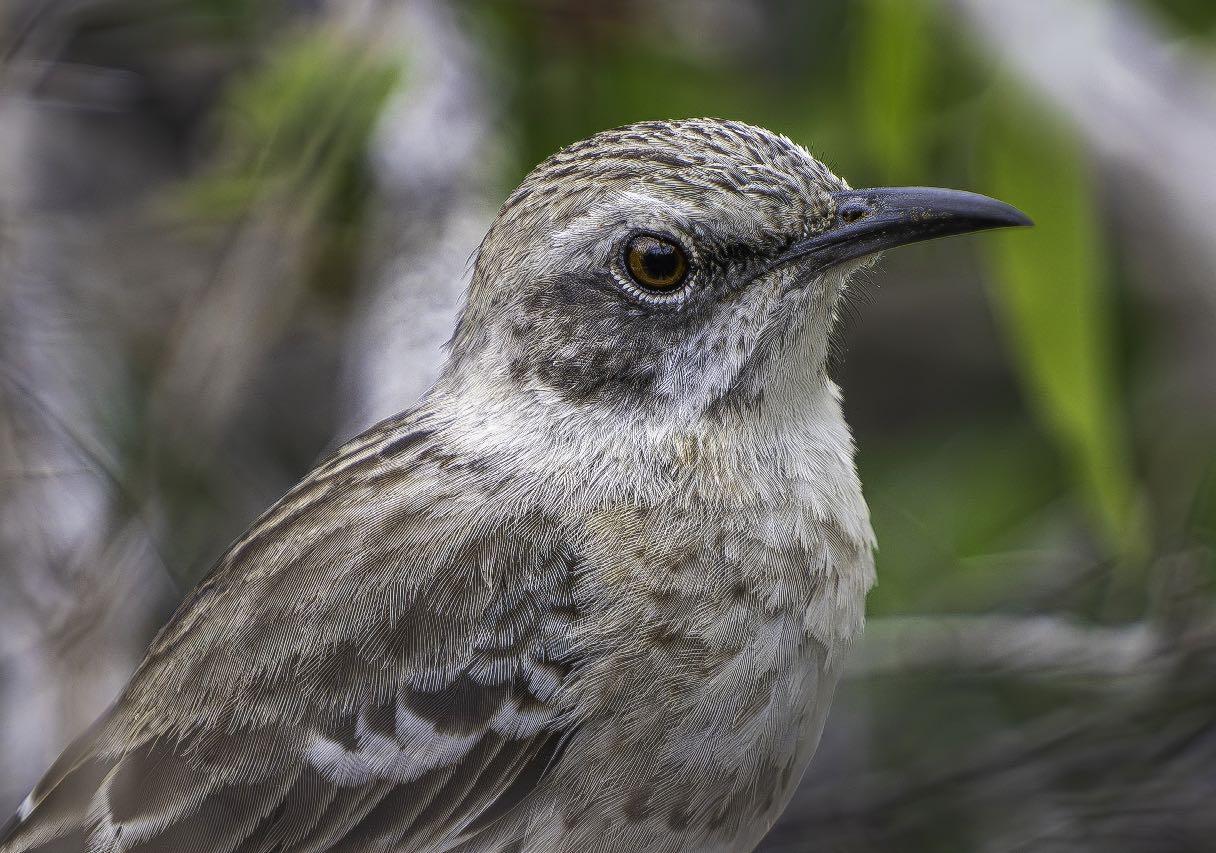








Acercamiento a una Garza de lava, Butorides sundevalli.

Close-up of a lava heron, Butorides sundevalli.












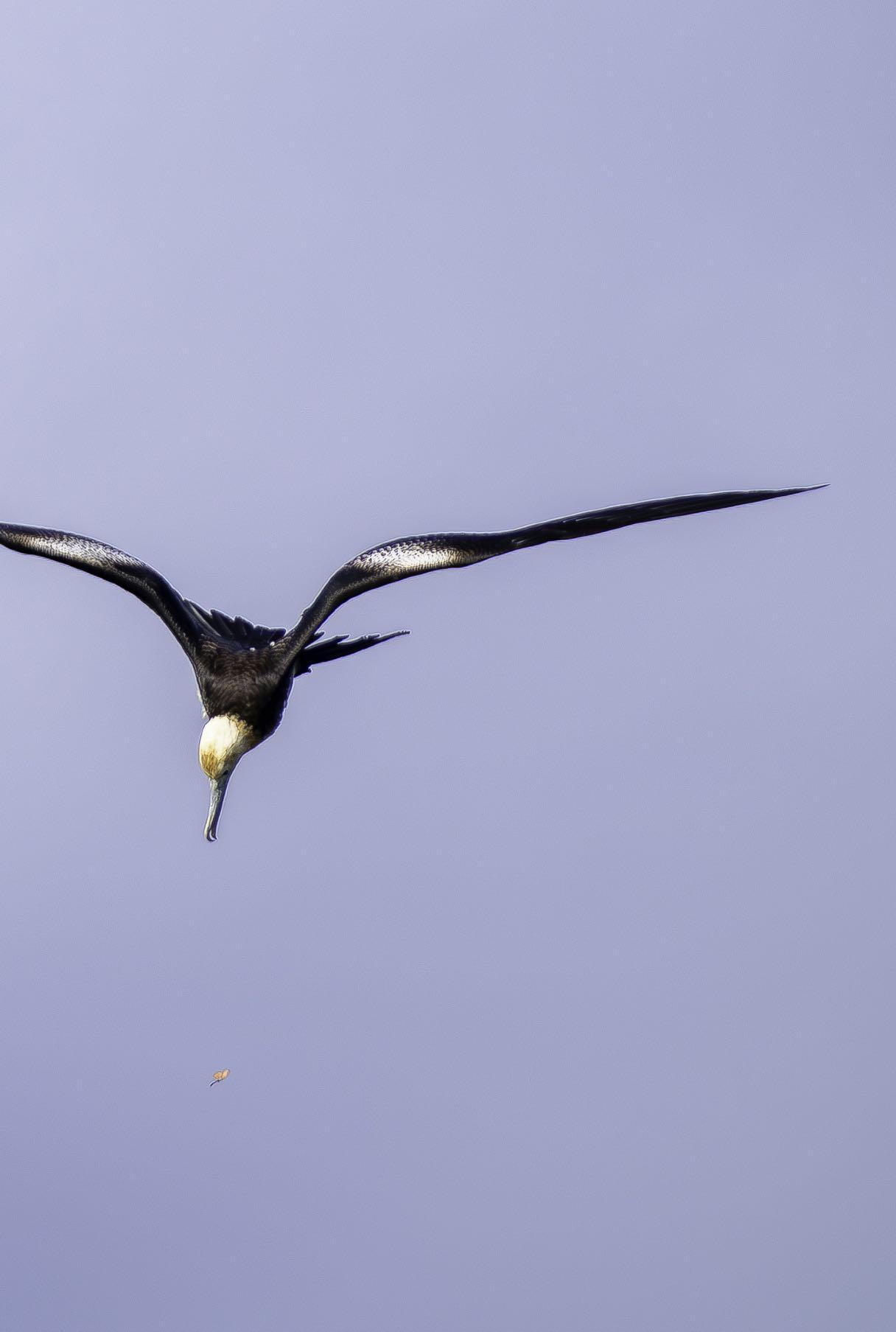




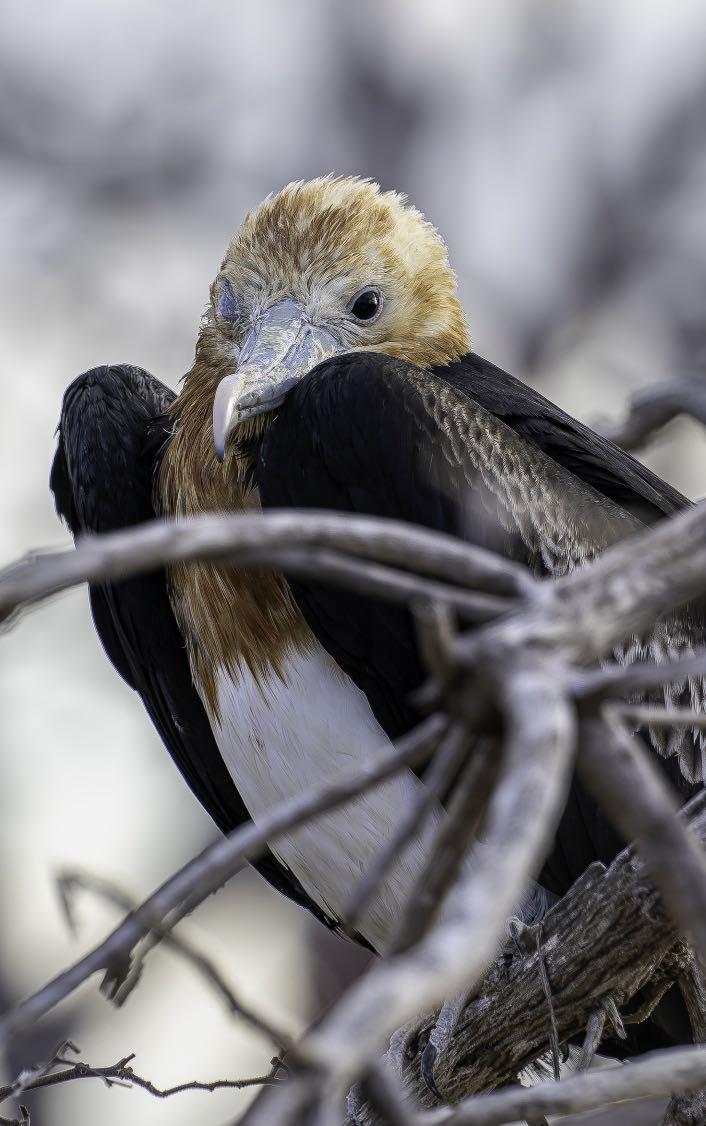

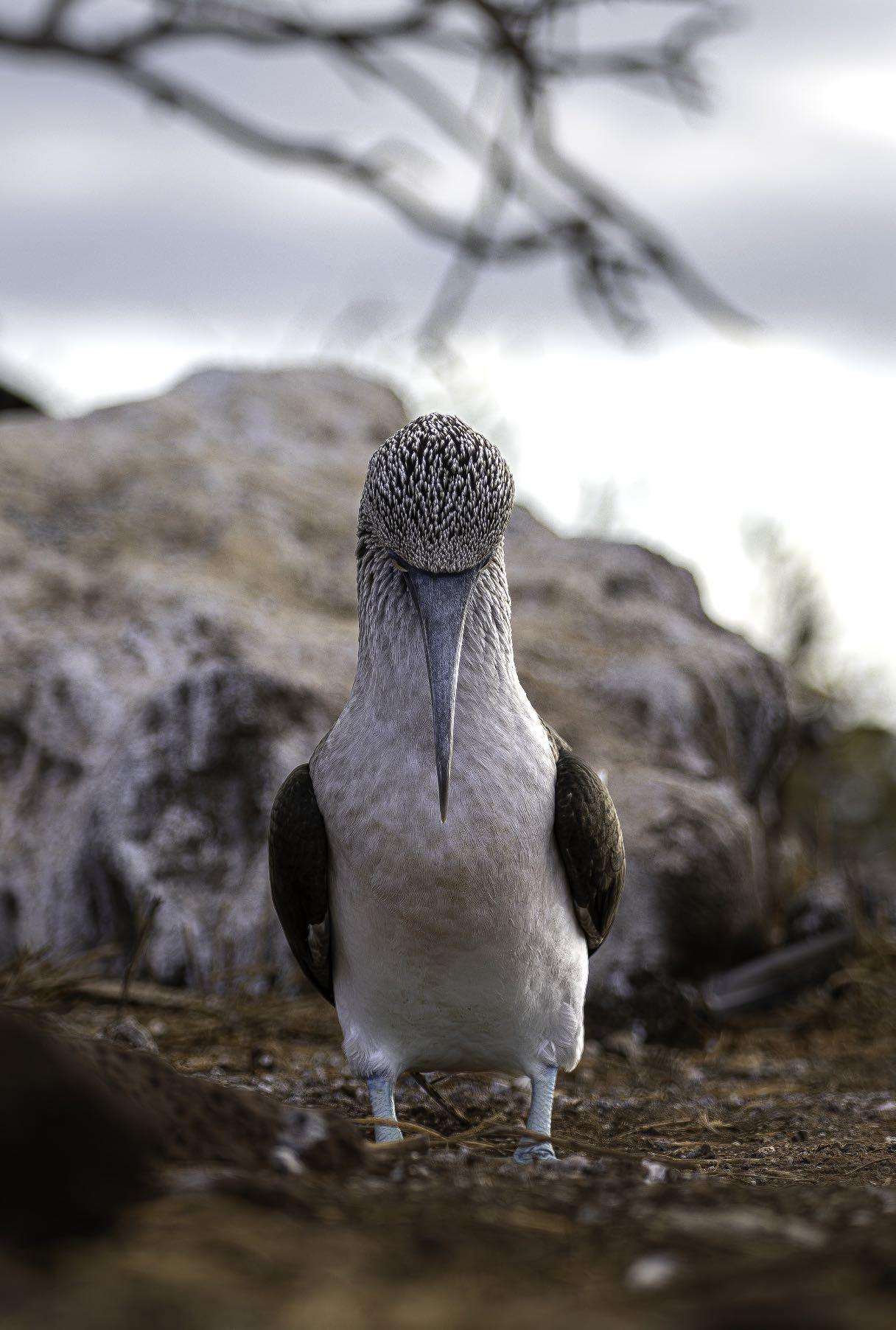


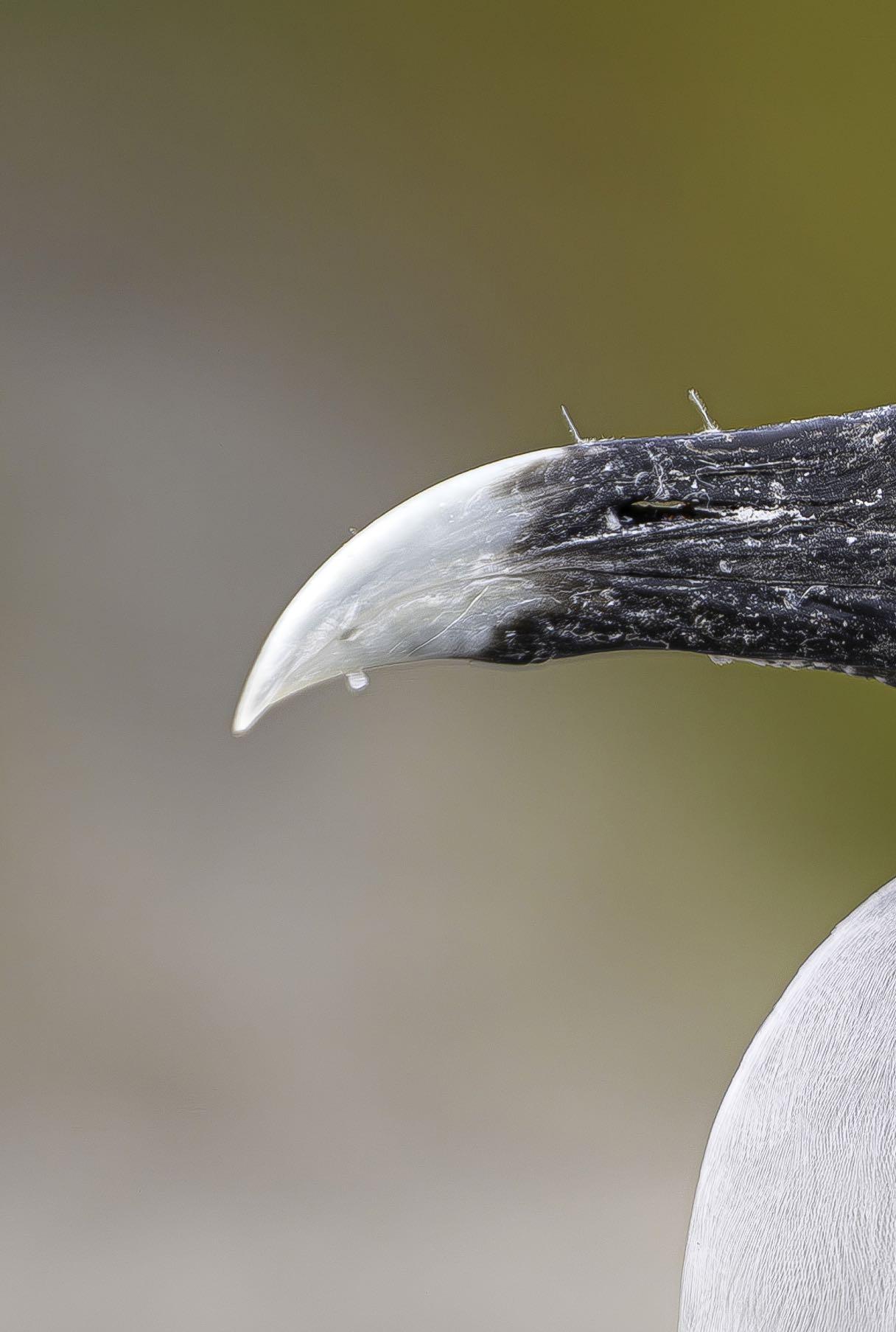
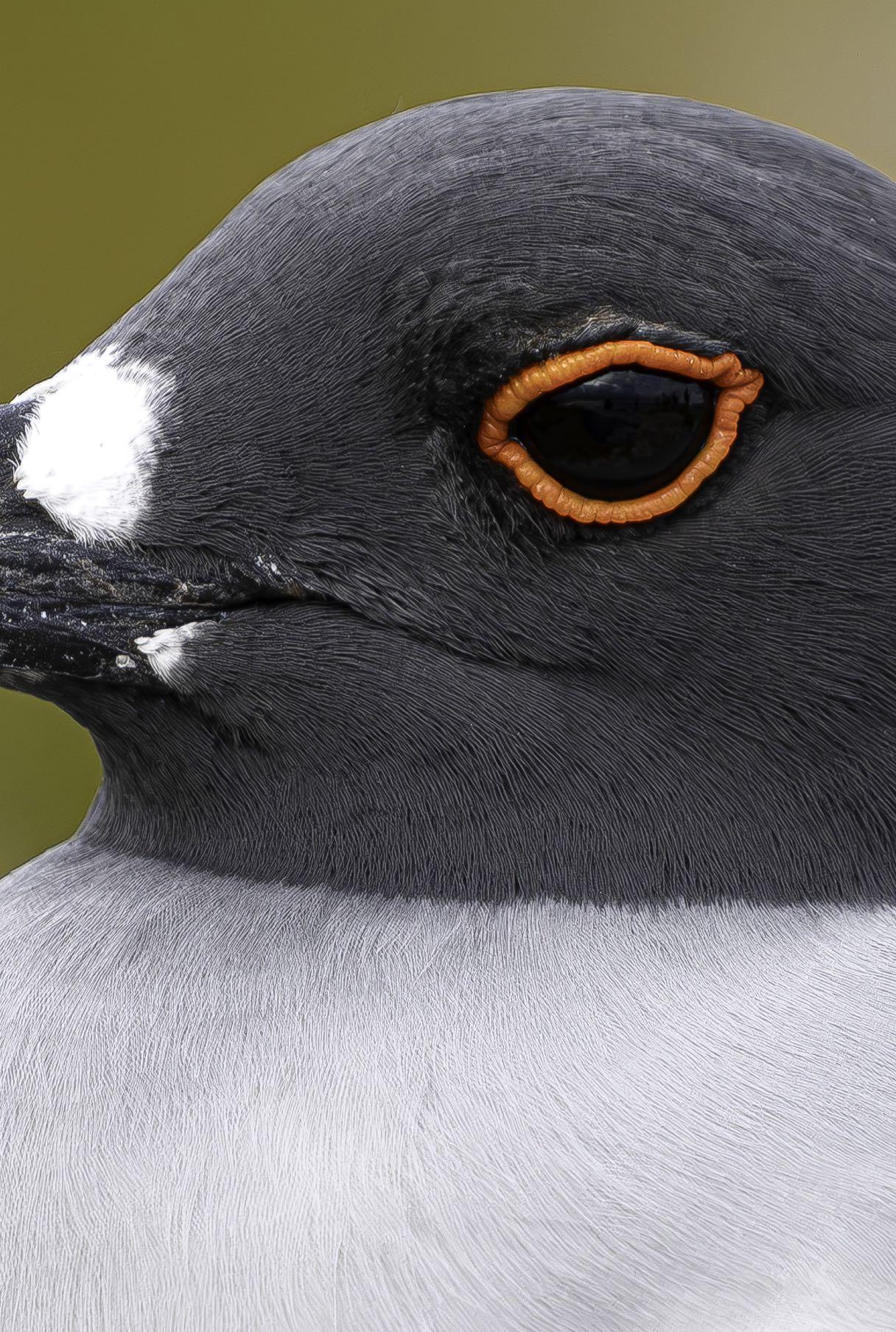


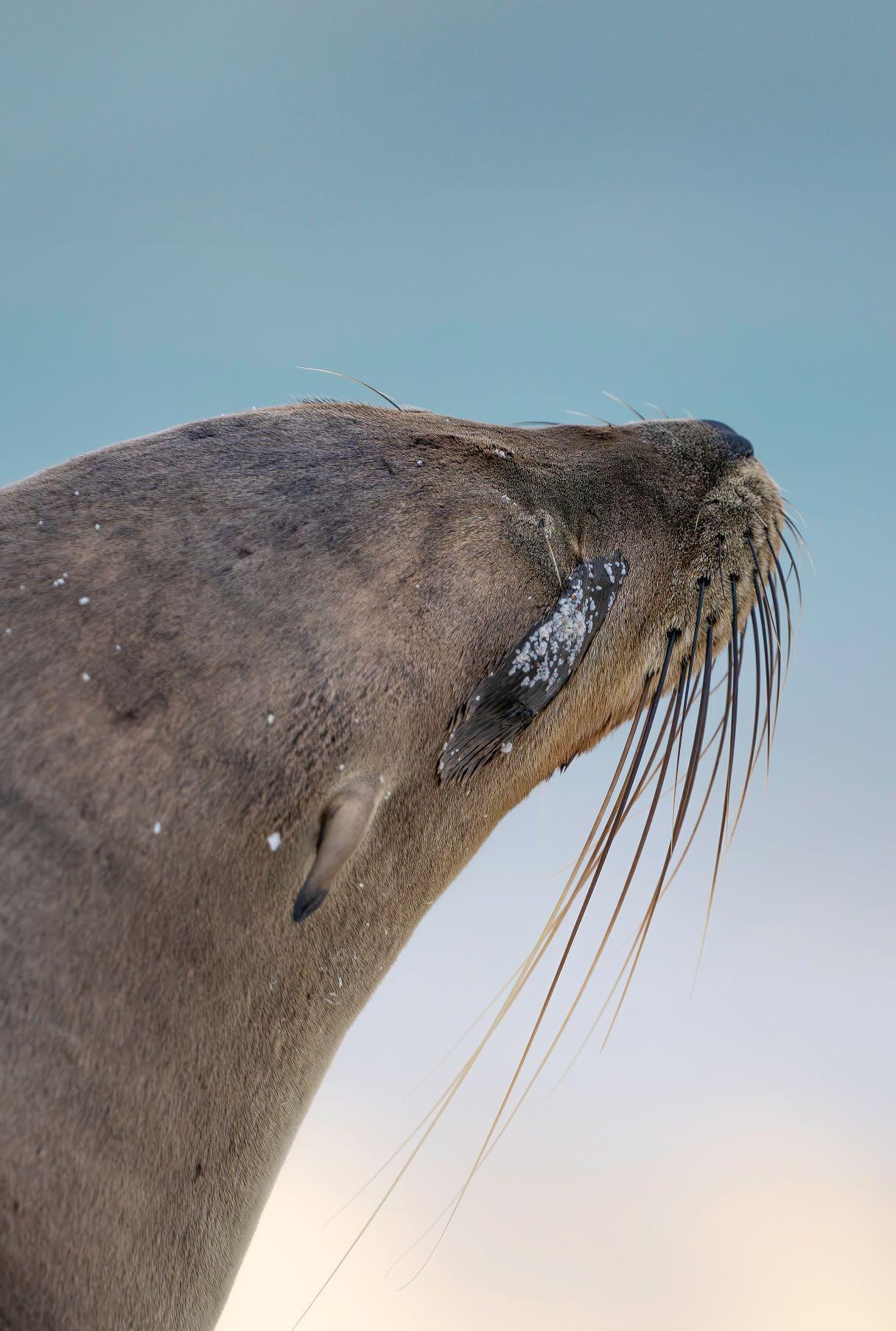

Las Islas Galápagos, con su maravillosa biodiversidad, también albergan una sorprendente variedad de mamíferos adaptados a las peculiares condiciones de este remoto paraíso en medio del océano Pacífico. Aunque la fauna de mamíferos en Galápagos no rivaliza en diversidad con algunas otras regiones del mundo, las especies presentes han desarrollado notables adaptaciones que les permiten sobrevivir y prosperar en este singular rincón de la naturaleza. Los lobos marinos, sin duda, son uno de los mamíferos más carismáticos de Galápagos. Con su agilidad acuática y sus colonias bulliciosas en las playas, estos mamíferos son emblemáticos de la adaptación insular. Su presencia no solo añade vitalidad al paisaje mari-
The Galapagos Islands, with their marvelous biodiversity, also host a surprising variety of mammals adapted to the unique conditions of this remote paradise in the middle of the Pacific Ocean. Although the mammal fauna in Galapagos does not rival the diversity found in some other regions of the world, the present species have developed notable adaptations that allow them to survive and thrivein this singular natural region. Sea lions are undoubtedly one of the most charismatic mammals in the Galápagos. With their aquatic agility and bustling colonies on the beaches, these mammals are emblematic of island adaptation. Their presence not only adds vitality to the marine landscape but also
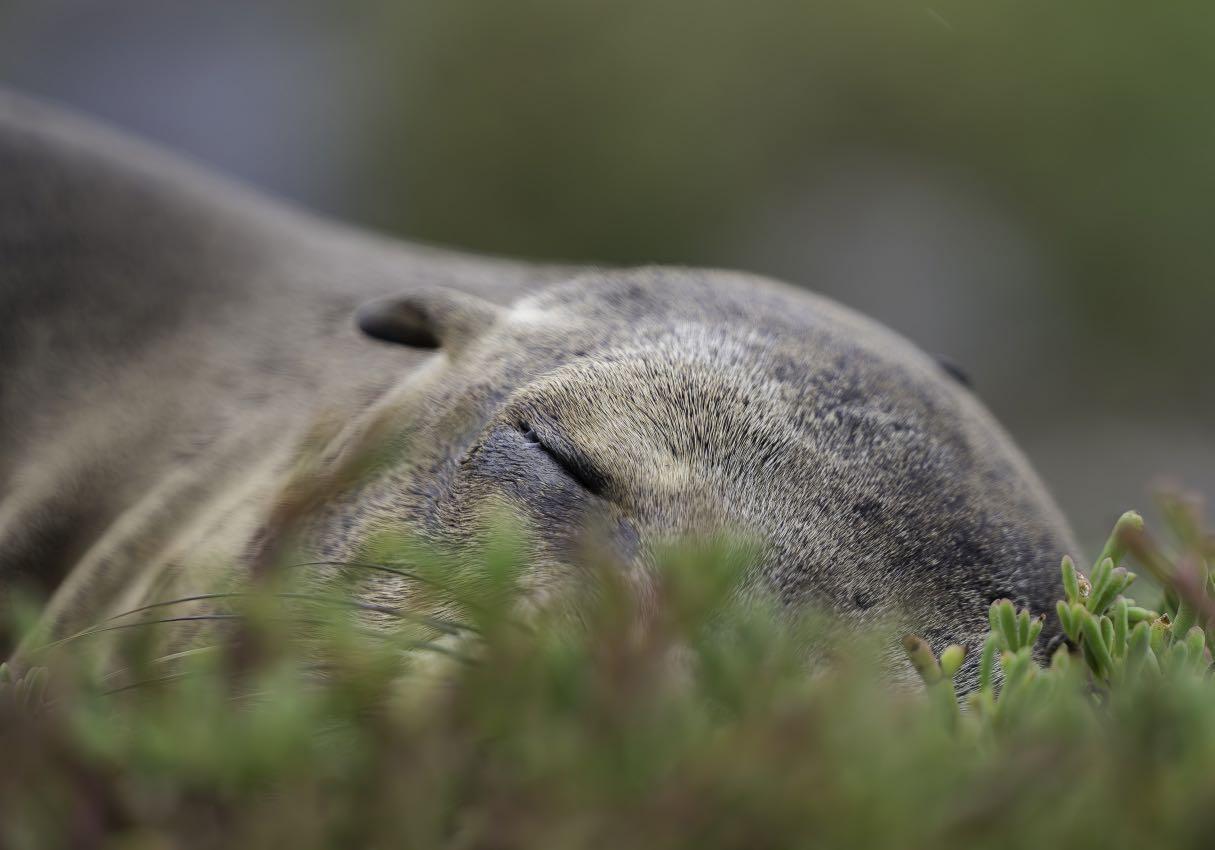
Lobo marino de Galápagos, Zalophus wollebaeki.
Galapagos sea lion, Zalophus wollebaeki.
no, sino que también ilustra cómo los mamíferos han evolucionado para prosperar en un entorno insular único. Es imperativo comprender que la evolución de los mamíferos en Galápagos ha transcurrido en aislamiento durante períodos considerables, dando lugar a adaptaciones únicas. La vida en un entorno insular ha dejado su huella en la anatomía, el comportamiento y las estrategias de supervivencia de estos mamíferos, brindando una ventana única para observar y entender los procesos evolutivos.
illustrates how mammals have evolved to thrive in a unique island environment. It is imperative to understand that the evolution of mammals in the Galápagos has occurred in isolation for considerable periods, giving rise to unique adaptations. Life in an island environment has left its mark on the anatomy, behavior, and survival strategies of these mammals, providing a unique window to observe and comprehend evolutionary processes.

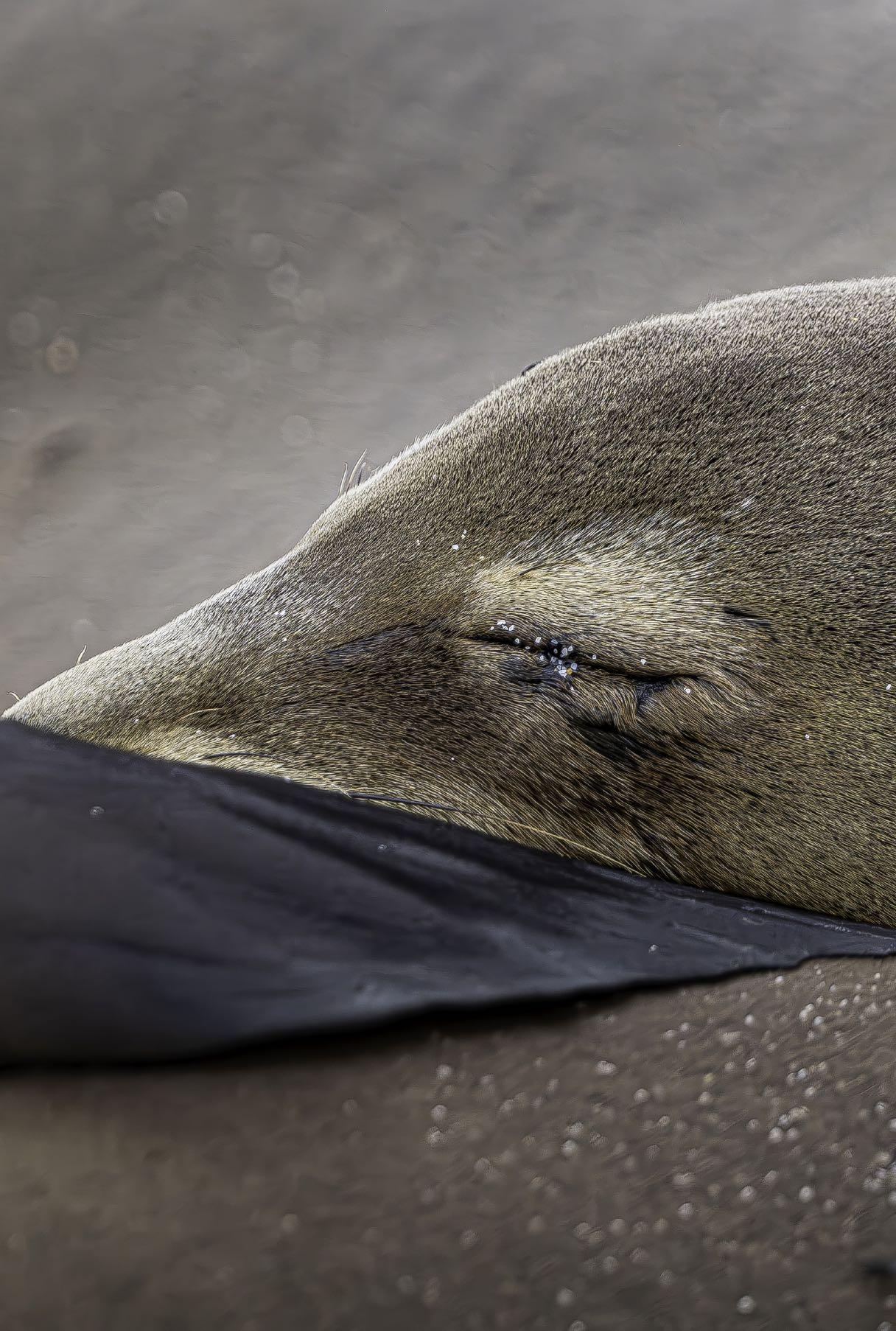


Hembra en lactancia alimentado a su cría, lobos marinos de Galápagos.
Female nursing and feeding her pup, Galapagos sea lions.


Cría y madre de lobo marino de Galápagos en comportamiento maternal.
Galapagos sea lion pup and mother displaying maternal behavior.










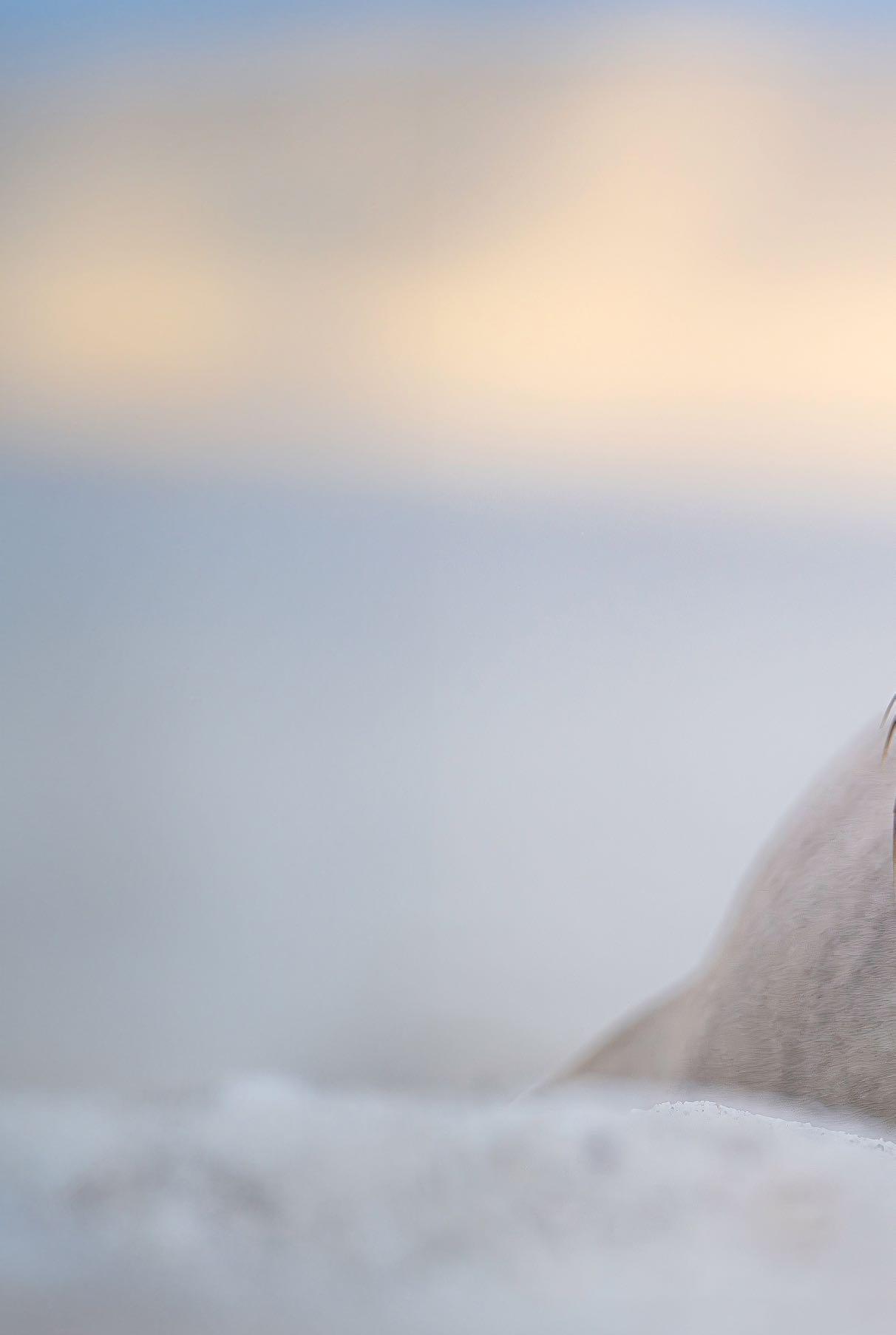


Lobo marino de Galápagos acostado. Galapagos sea lion lying down.

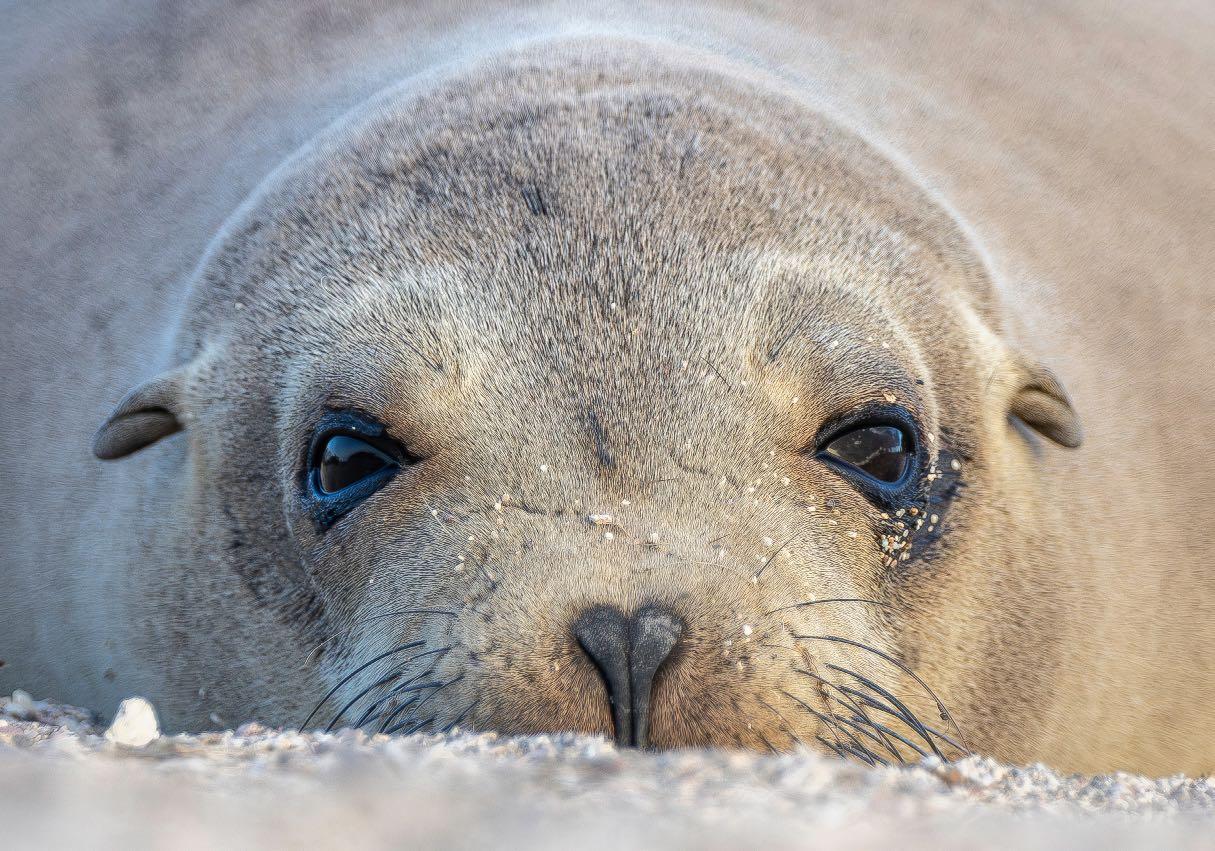
Lobo marino de Galápagos mirando al lente.
Galapagos sea lion looking at the camera.

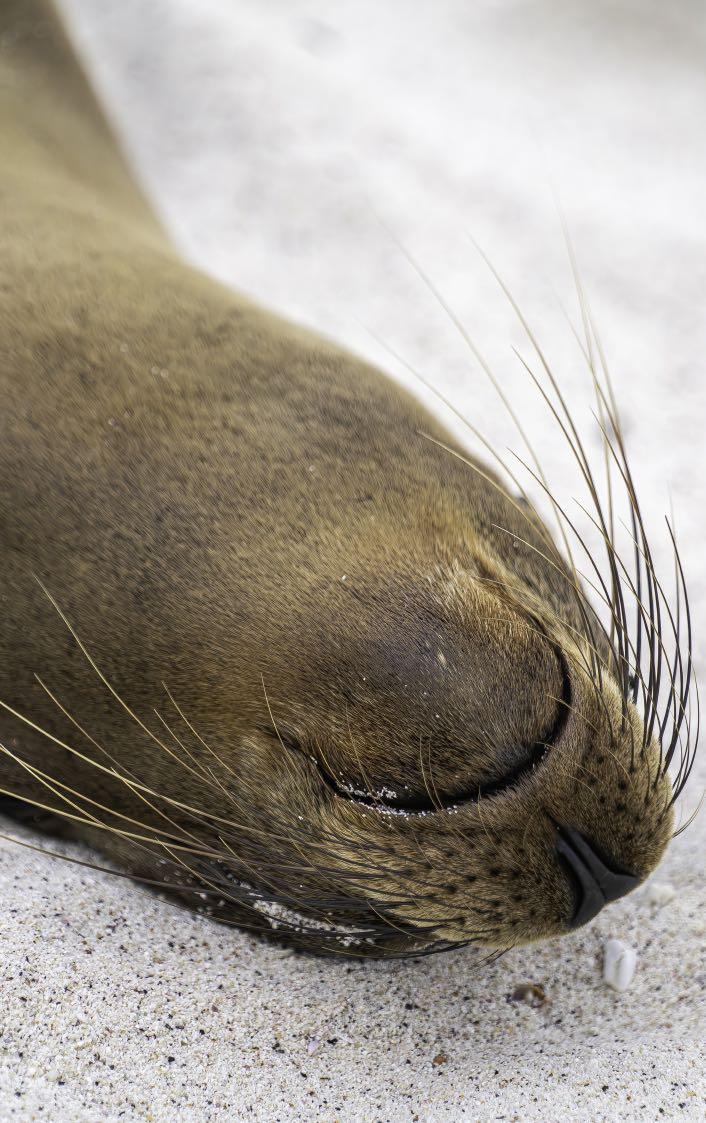


La conservación de estos mamíferos y del ecosistema galapagueño en su totalidad es crucial para preservar la rica biodiversidad del archipiélago. La interacción entre los mamíferos y su entorno ofrece conocimientos valiosos sobre la evolución y la ecología en contextos insulares, destacando la importancia de mantener la integridad de este ecosistema singular.
The conservation of these mammals and the entire Galapagos ecosystem is crucial for preserving the rich biodiversity of the archipelago. The interaction between mammals and their environment provides valuable insights into evolution and ecology in island contexts, underscoring the importance of maintaining the integrity of this unique ecosystem.

Lobo marino de Galápagos mirando hacia el horizonte.
Galapagos sea lion looking at the horizon.




Cría de lobo marino de Galápagos descansando.
Resting Galapagos sea lion pup.





Lobo marino de Galápagos.
Galápagos sea lion.

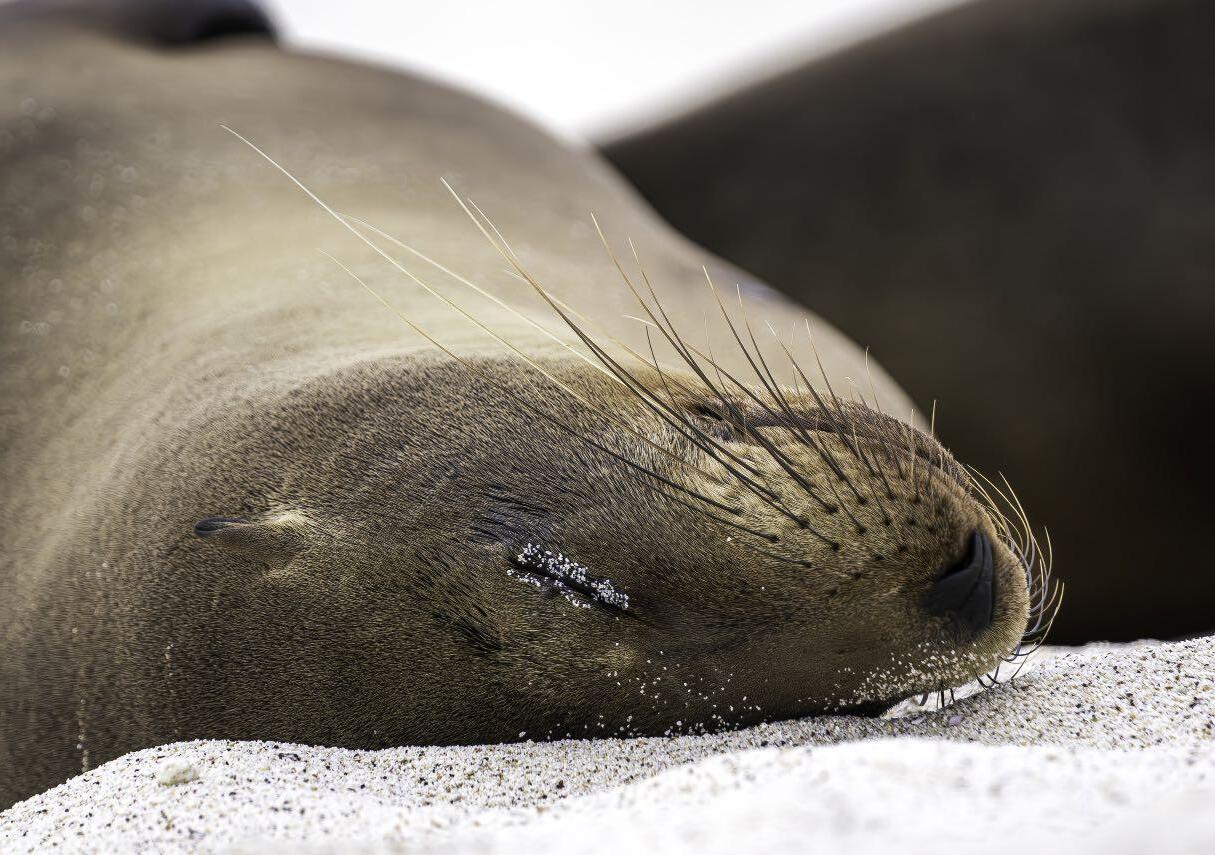
Lobo marino de Galápagos descansando. Resting Galapagos sea lion.


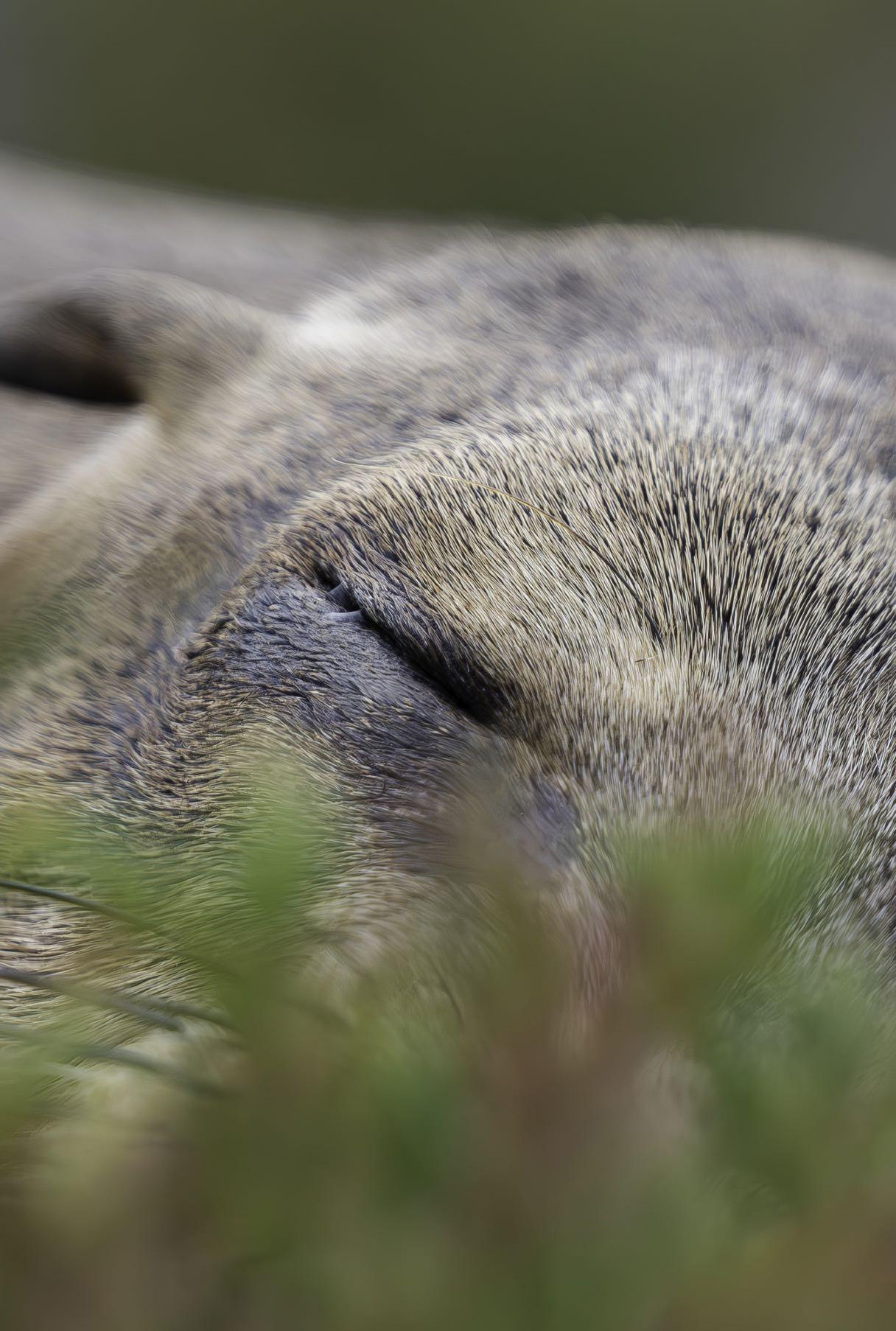
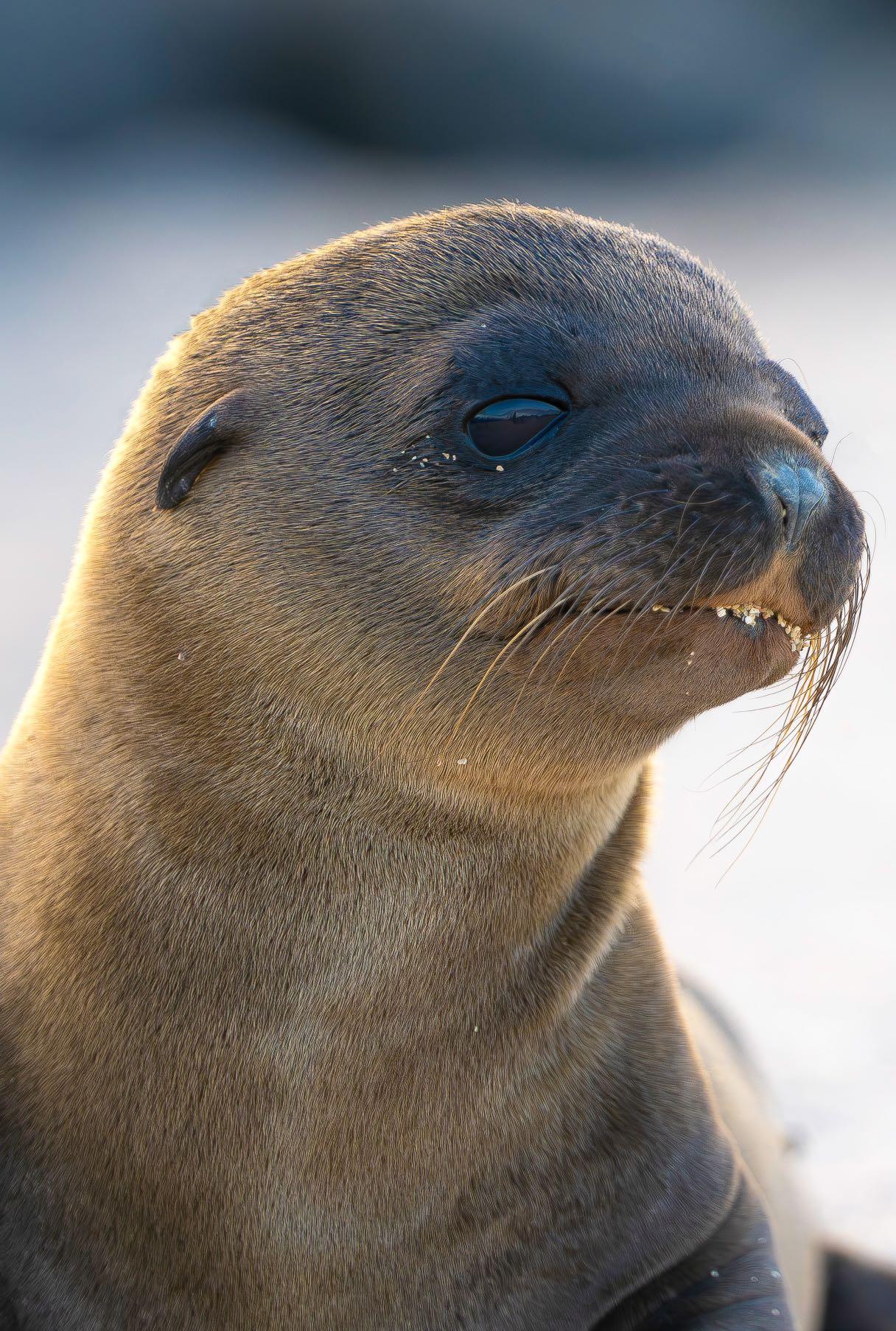



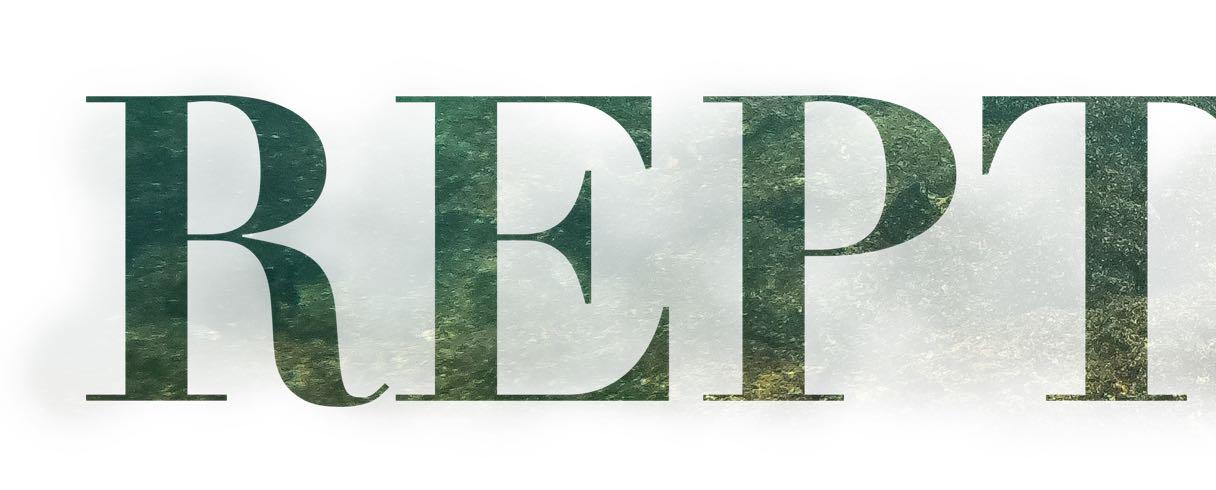
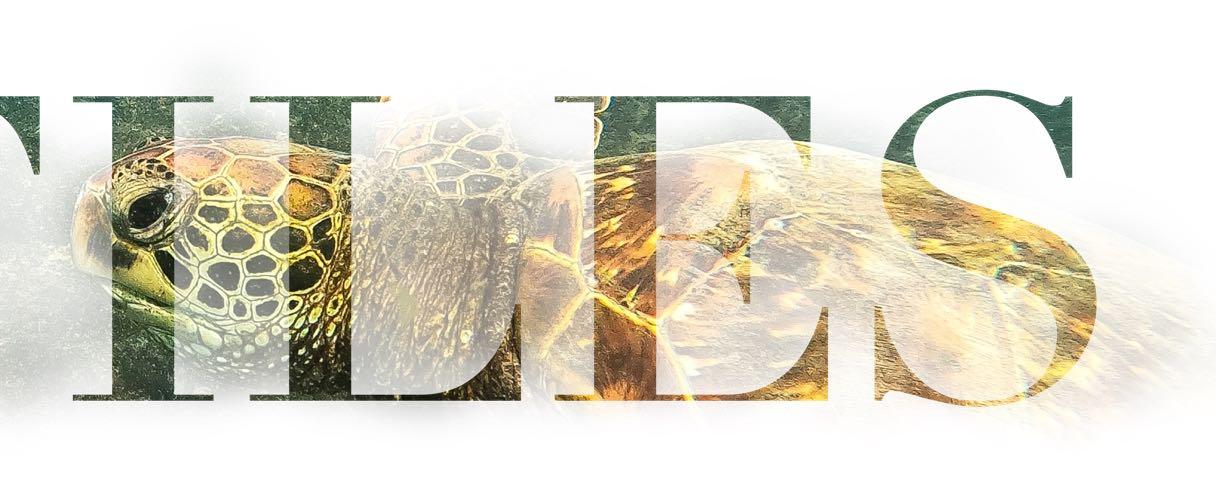


Las Islas Galápagos son conocidas mundialmente por su asombrosa diversidad de fauna, y los reptiles que habitan estas islas desempeñan un papel destacado en este rico ecosistema. Entre los reptiles más notables se encuentran las tortugas gigantes, iguanas marinas y terrestres, y las serpientes únicas que han evolucionado en este entorno aislado. Un grupo de reptiles, famoso por su longevidad y diversidad, juega un papel fundamental en el equilibrio ecológico de las islas. Estos reptiles, presentes en diferentes islas del archipiélago, han evolucionado de manera única en respuesta a las variadas condiciones de su entorno. Su conservación es crucial para preservar la diversidad genética y
The Galapagos Islands are globally renowned for their astonishing diversity of fauna, and the reptiles inhabiting these islands play a prominent role in this rich ecosystem. Among the most notable reptiles are the giant tortoises, marine and land iguanas, and unique snakes that have evolved in this isolated environment. A group of reptiles, renowned for their longevity and diversity, plays a crucial role in the ecological balance of the islands. These reptiles, found on various islands in the archipelago, have evolved uniquely in response to the varied conditions of their environment. Their conservation is essential to preserving genetic diversity and contributing to the overall health


contribuir a la salud del ecosistema. Las tortugas gigantes de Galápagos son verdaderas joyas de la biodiversidad. Estos majestuosos reptiles, que dan nombre al archipiélago, son famosos por su longevidad y tamaño imponente. Cada isla alberga poblaciones de tortugas gigantes ligeramente diferentes, lo que ha llevado a la evolución de especies distintas adaptadas a las condiciones específicas de su entorno. las iguanas terrestres de Galápagos han evolucionado de manera fascinante en diferentes islas. Cada población ha desarrollado características específicas que les permiten sobrevivir en los ambientes particulares de cada isla. Estas iguanas terrestres desempeñan un papel clave en el ecosistema al
of the ecosystem. The giant tortoises of the Galápagos are true gems of biodiversity. These majestic reptiles, after which the archipelago is named, are renowned for their longevity and impressive size. Each island hosts slightly different populations of giant tortoises, leading to the evolution of distinct species adapted to the specific conditions of their environment. The land iguanas of the Galapagos Islands have evolved fascinatingly on different islands. Each population has developed specific characteristics that allow them to survive in the particular environments of each island. These land iguanas play a key role in the ecosystem by controlling vegetation and serving as prey
controlar la vegetación y servir como presa para depredadores como aves rapaces. Por otro lado, las iguanas marinas, otro grupo destacado de reptiles en Galápagos, son únicas en su capacidad para alimentarse y reproducirse en el océano.
Estos lagartos marinos se sumergen en aguas costeras para alimentarse de algas y otros vegetales marinos, demostrando adaptaciones extraordinarias a la vida marina. Las iguanas marinas también son conocidas por su comportamiento grupal y su habilidad para enfrentar los desafíos únicos que presenta la vida en un entorno marino.
for predators such as birds of prey. On the other hand, marine iguanas, another prominent group of reptiles in the Galápagos, are unique in their ability to feed and reproduce in the ocean.
These marine lizards dive into coastal waters to feed on algae and other marine vegetation, demonstrating extraordinary adaptations to marine life. Marine iguanas are also known for their group behavior and their ability to face the unique challenges posed by life in a marine environment.


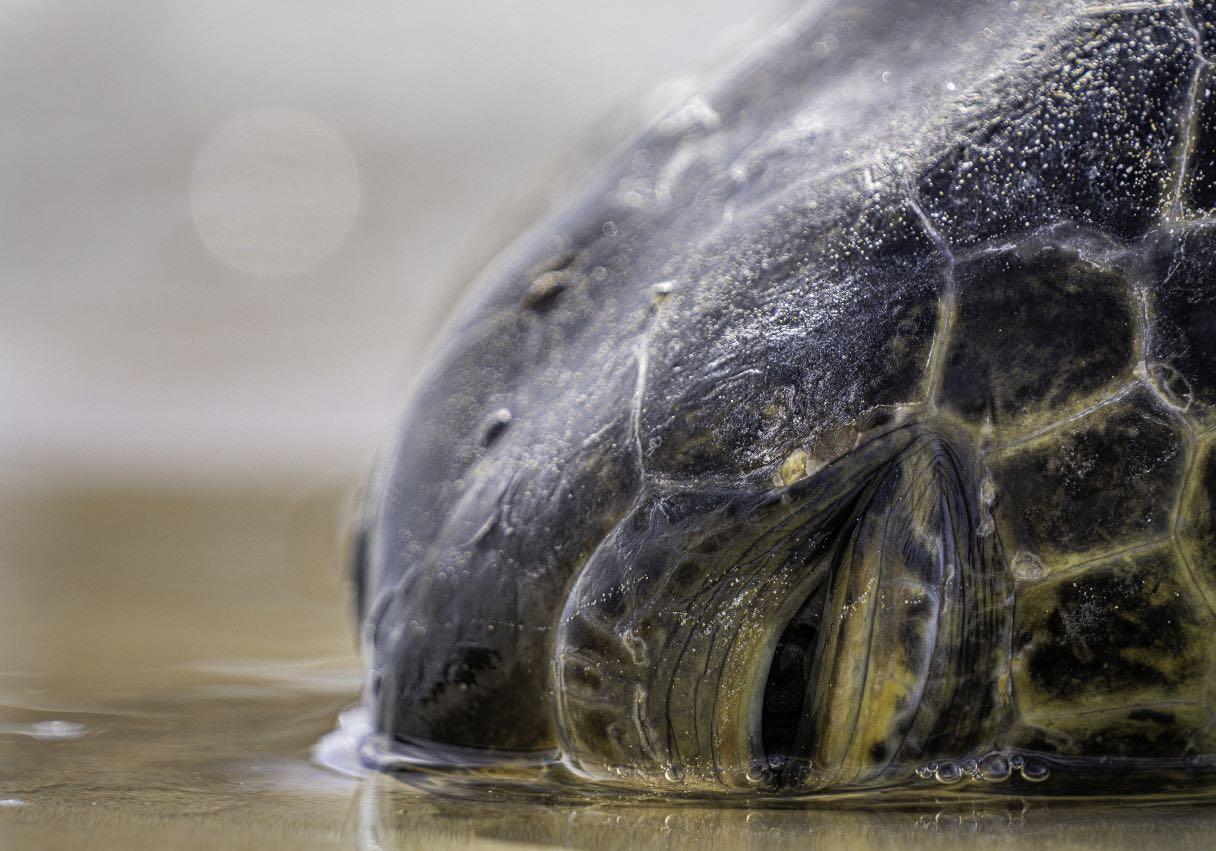

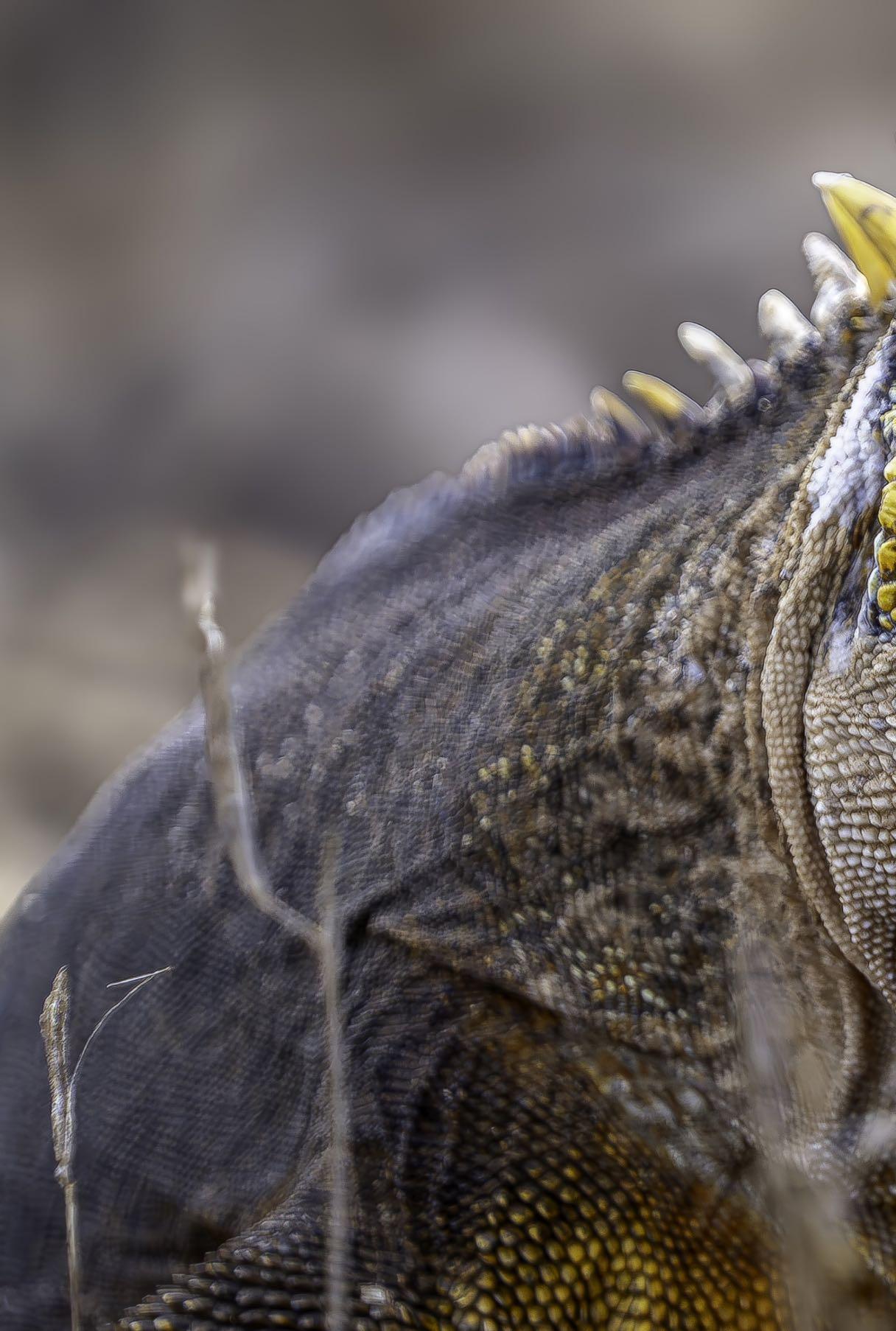
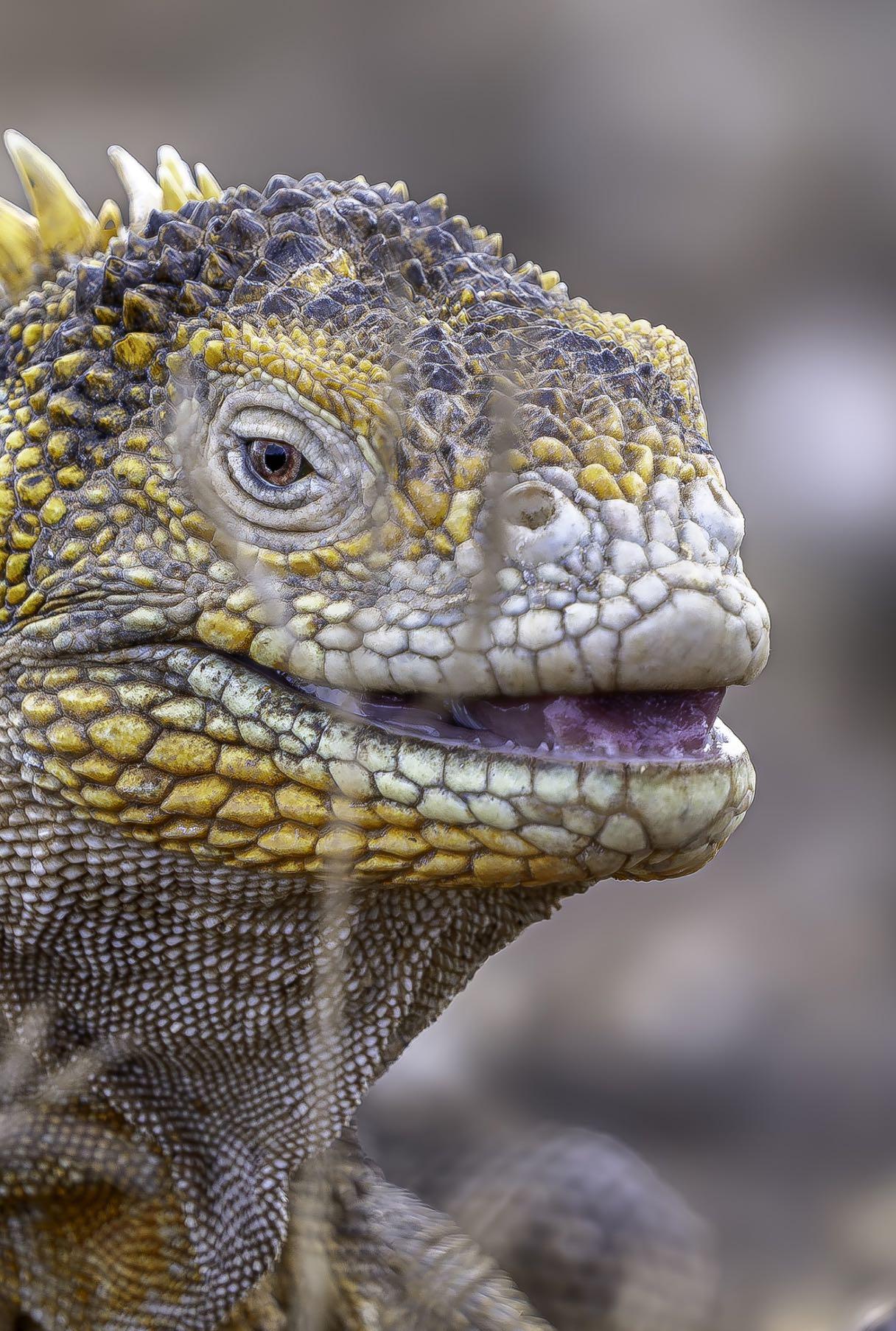


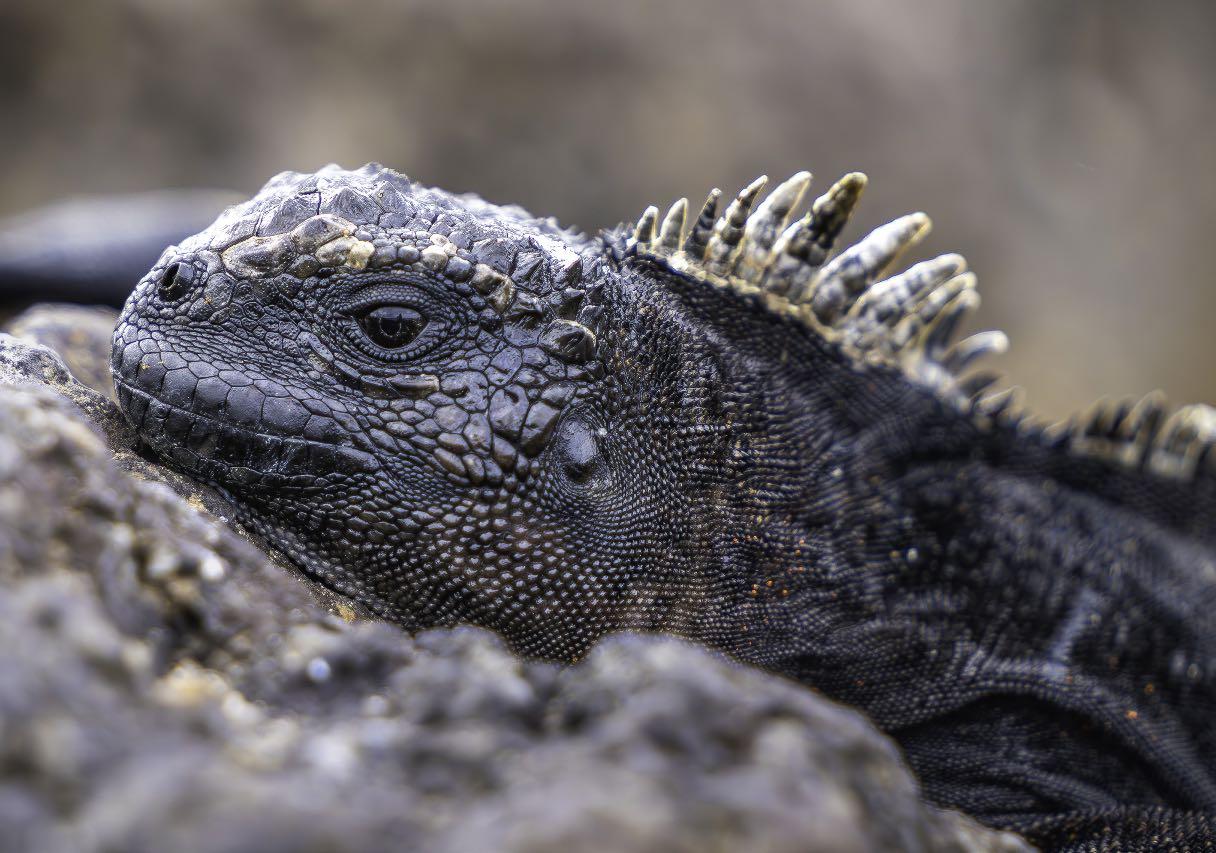
Iguana marina de Galápagos descansando. Galapagos marine iguana resting.








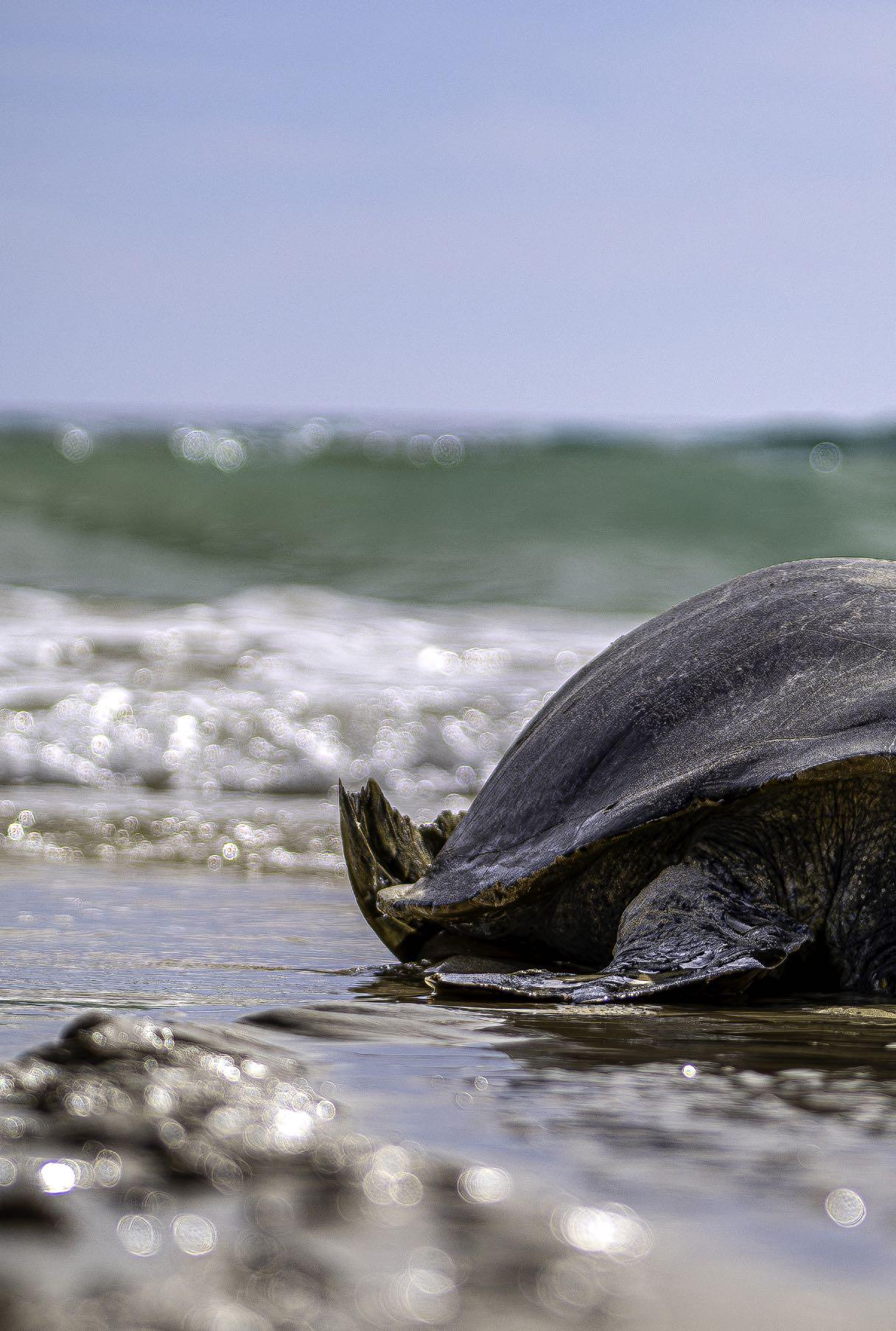

La conservación de los reptiles de Galápagos es fundamental para mantener el equilibrio ecológico del archipiélago. La introducción de especies invasoras y la presión humana han representado amenazas significativas para estas especies únicas. Los esfuerzos de conservación se centran en la protección de hábitats, la erradicación de especies invasoras y la regulación del turismo para minimizar el impacto en estos reptiles excepcionales. los reptiles de Galápagos son testimonios vivientes de la extraordinaria capacidad de adaptación de la vida en entornos insulares. Su estudio y conservación son esenciales para preservar la rica biodiversidad de este archipiélago único y para comprender mejor los procesos evolutivos que han dado forma a estas especies a lo largo de los milenios.
The conservation of Galápagos reptiles is essential for maintaining the ecological balance of the archipelago. The introduction of invasive species and human pressure has posed significant threats to these unique species. Conservation efforts focus on habitat protection, the eradication of invasive species, and the regulation of tourism to minimize the impact on these exceptional reptiles. The reptiles of the Galápagos are living testimonies to the extraordinary adaptability of life in island environments. Their study and conservation are essential for preserving the rich biodiversity of this unique archipelago and for gaining a better understanding of the evolutionary processes that have shaped these species over millennia.




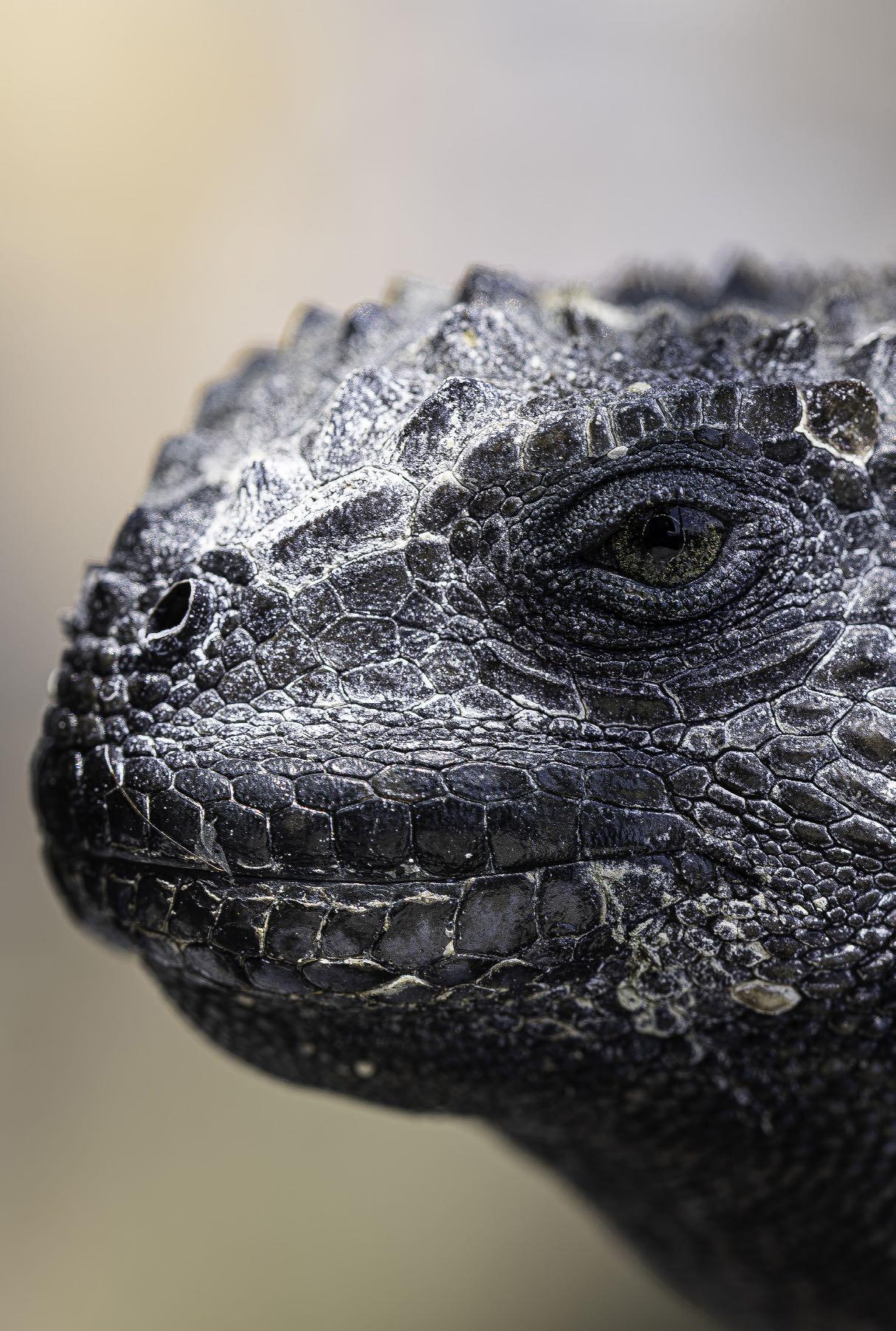





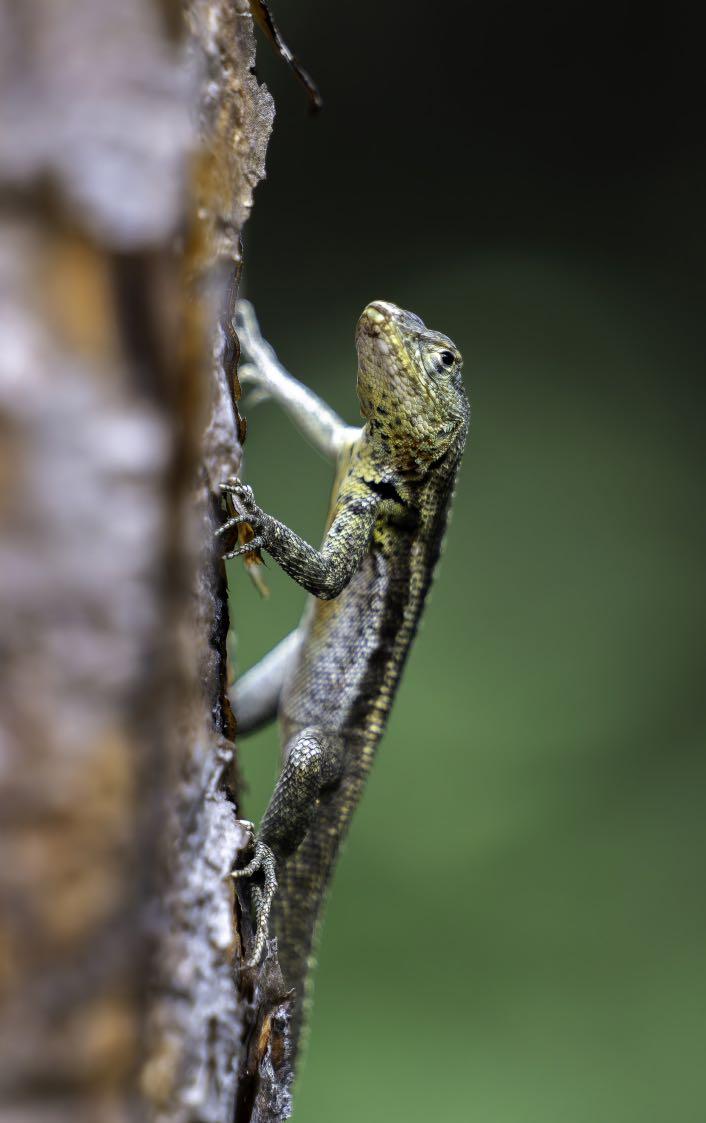


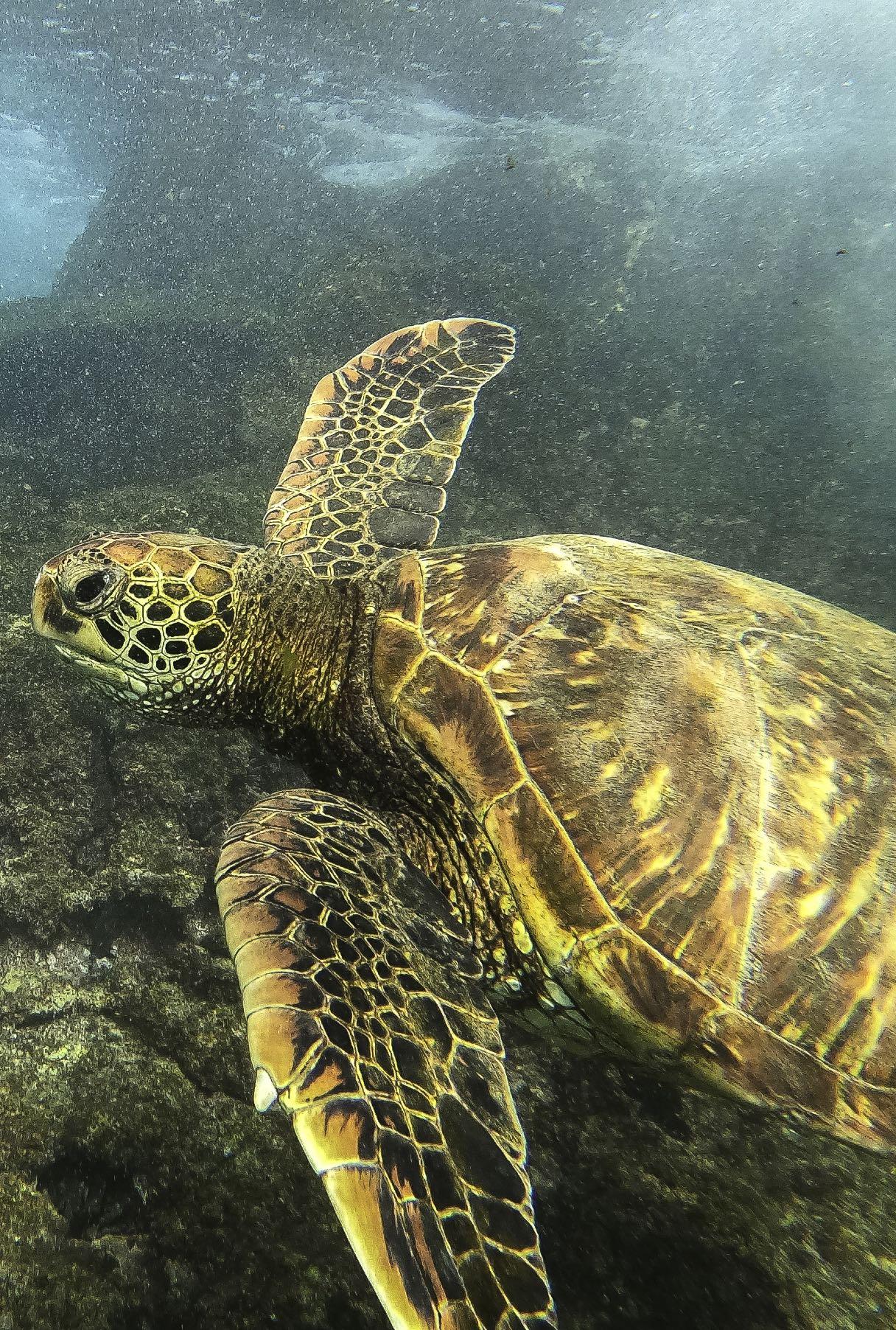
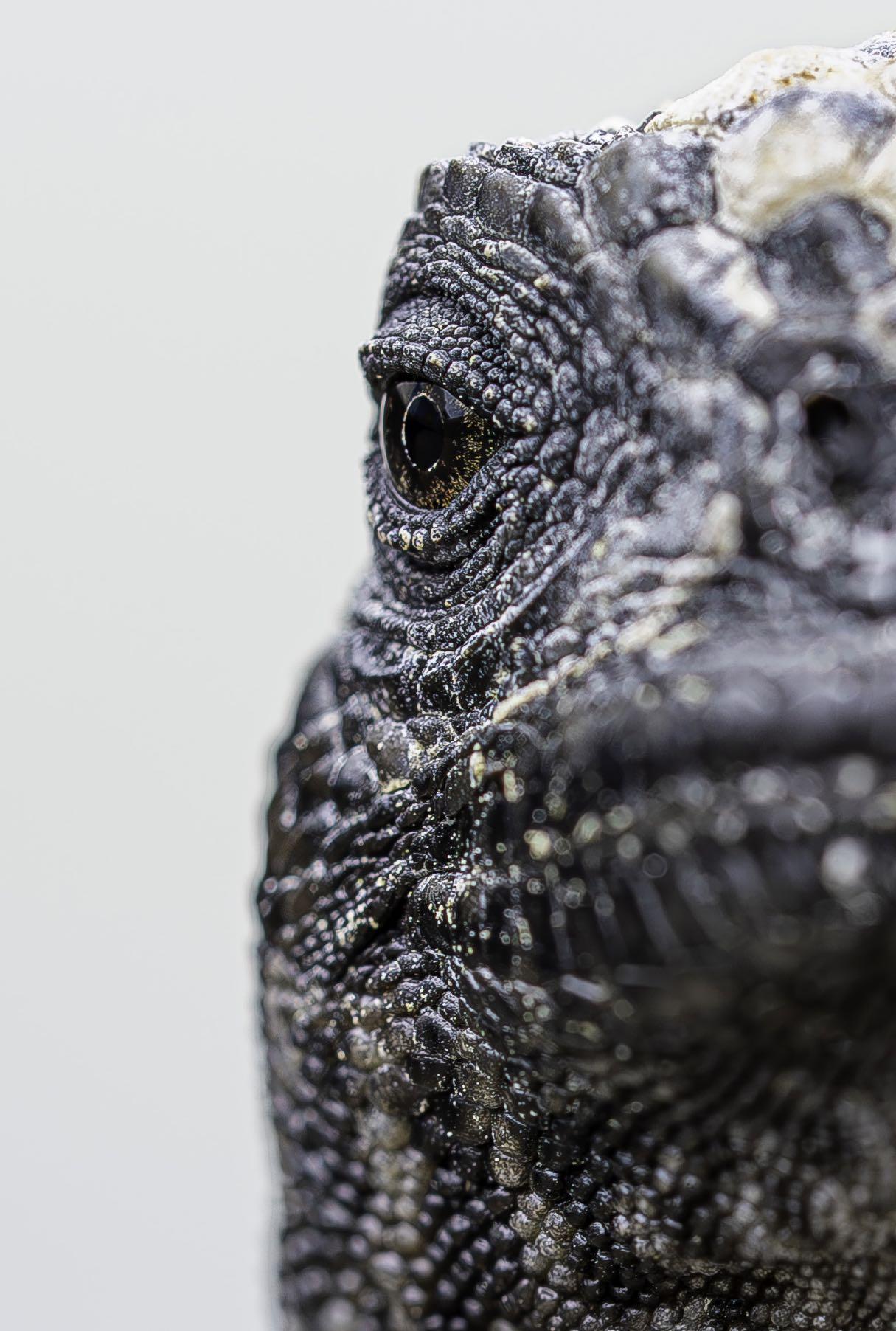







Iguana marina de Galápagos en la sombra.
Galapagos marine iguana in the shadow.









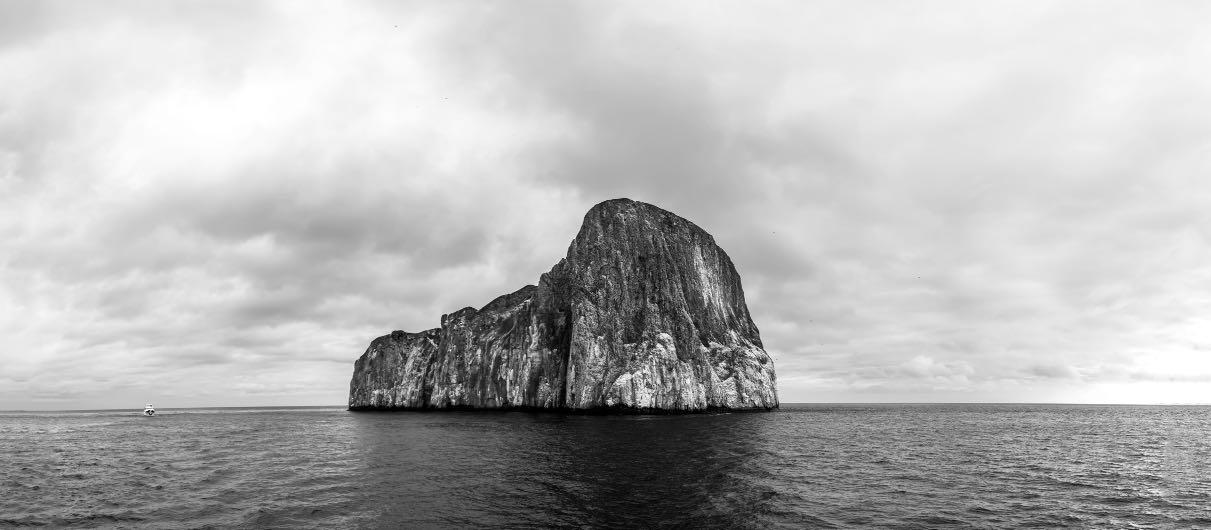

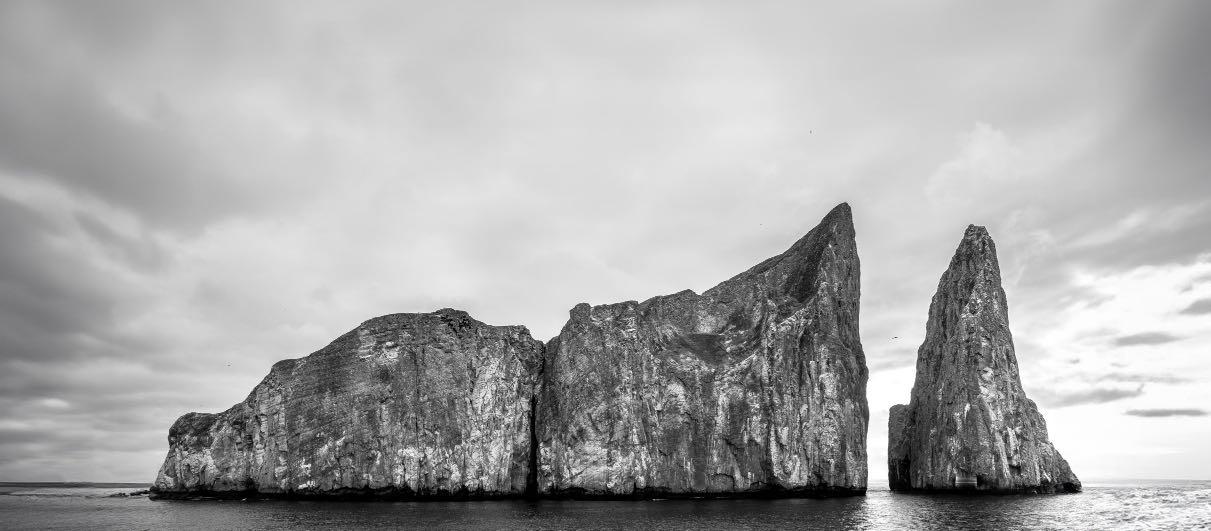
Las Islas Galápagos, ubicadas en medio del océano Pacífico, ofrecen una sinfonía visual de paisajes extraordinarios y variados que han cautivado a exploradores, científicos y amantes de la naturaleza durante siglos. Desde imponentes formaciones volcánicas hasta playas de arena blanca, los paisajes de Galápagos son testimonios de la naturaleza en su estado más prístino y evolucionado. Uno de los elementos más distintivos de los paisajes galapagueños son las formaciones rocosas y volcánicas que salpican las islas. Cráteres, conos volcánicos y campos de lava con texturas surrealistas pintan un cuadro visual fascinante. La aridez y la aspereza de estas formaciones revelan la historia geológica única de las islas, donde la actividad volcánica ha dado forma a la topografía de manera dramá-
The Galápagos Islands, located in the middle of the Pacific Ocean, offer a visual symphony of extraordinary and varied landscapes that have captivated explorers, scientists, and nature enthusiasts for centuries. From imposing volcanic formations to white sandy beaches, the landscapes of the Galápagos bear witness to nature in its most pristine and evolved state. One of the most distinctive elements of the Galapagos landscapes is the rocky and volcanic formations that dot the islands. Craters, volcanic cones, and lava fields with surreal textures paint a fascinating visual picture. The aridity and ruggedness of these formations reveal the unique geological history of the islands, where volcanic activity has shaped the topography dramatically. The biodiversity of the Galápagos Islands
tica. La biodiversidad de Galápagos no se limita a la fauna; los paisajes submarinos también desempeñan un papel crucial en la fascinante ecología del archipiélago. Los arrecifes de coral y las aguas cristalinas albergan una diversidad única de vida marina. La práctica del buceo revela un mundo submarino vibrante, donde peces coloridos, tortugas marinas y otras criaturas marinas únicas dan vida a los fondos marinos. Las playas de Galápagos, con su arena blanca y aguas cristalinas, ofrecen un contraste impresionante con las formaciones rocosas y volcánicas circundantes. Estos lugares idílicos no solo proporcionan un escenario relajante para los visitantes, sino que también sirven como hábitats clave para diversas especies, incluyendo las icónicas tortugas marinas que anidan en estas playas.
is not limited to fauna alone; the underwater landscapes also play a crucial role in the fascinating ecology of the archipelago. Coral reefs and crystal-clear waters host a unique diversity of marine life. The practice of diving reveals a vibrant underwater world, where colorful fish, sea turtles, and other unique marine creatures bring the ocean floors to life. The beaches of the Galápagos, with their white sand and crystal-clear waters, offer a stunning contrast to the surrounding rocky and volcanic formations. These idyllic places not only provide a relaxing backdrop for visitors but also serve as key habitats for diverse species, including the iconic sea turtles that nest on these beaches.






Los humedales y lagunas de agua dulce presentes en algunas islas añaden otra capa de diversidad a los paisajes de Galápagos. Hogar de aves acuáticas, como flamencos y cormoranes, estos entornos húmedos ofrecen oportunidades únicas para la observación de aves y la apreciación de la interconexión entre los diferentes ecosistemas de las islas. El clima único de Galápagos, influenciado por corrientes oceánicas y la ubicación ecuatorial, contribuye a la variabilidad de los paisajes. Desde zonas de bosque seco hasta manglares y bosques más húmedos en las tierras altas, cada rincón de las islas presenta un conjunto específico de características que reflejan la riqueza y complejidad de la naturaleza galapagueña.
The wetlands and freshwater lagoons found on some islands add another layer of diversity to the landscapes of the Galápagos. Home to waterfowl such as flamingos and cormorants, these wet environments provide unique opportunities for bird watching and an appreciation of the interconnection between the different ecosystems of the islands. The unique climate of the Galápagos, influenced by ocean currents and its equatorial location, contributes to the variability of landscapes. From dry forest areas to mangroves and lusher highland forests, every corner of the islands showcases a specific set of characteristics that reflect the richness and complexity of Galapagos nature.
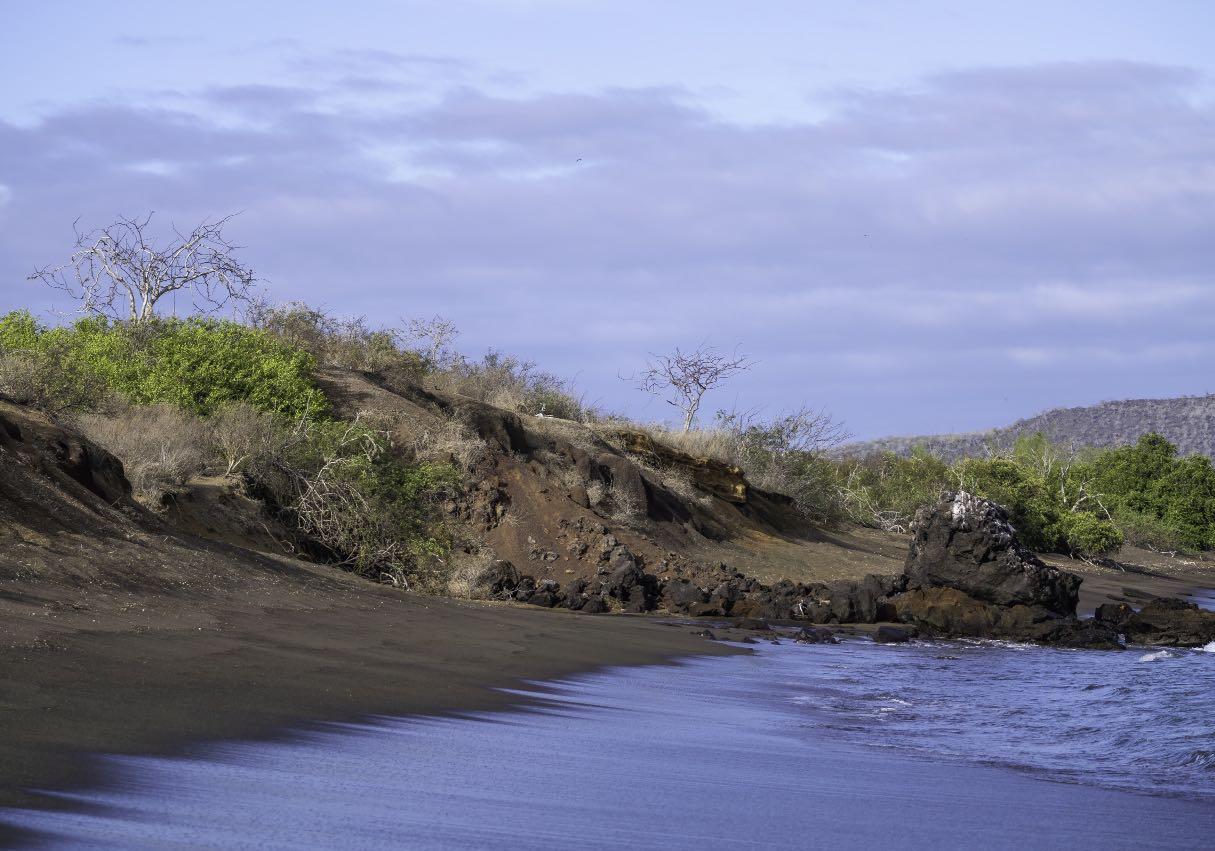



La conservación de estos paisajes excepcionales es esencial para garantizar la preservación de la biodiversidad única de Galápagos. La introducción de especies invasoras y la presión turística son desafíos que requieren gestión cuidadosa para proteger la integridad de estos entornos únicos.
Los paisajes de Galápagos son una obra maestra de la naturaleza, donde la geología, el clima y la vida se entrelazan en una danza fascinante. Estos paisajes no solo ofrecen una experiencia visual impresionante, sino que también cuentan la historia de la evolución y la adaptación en uno de los entornos más singulares del planeta.
The conservation of these exceptional landscapes is essential to ensure the preservation of the unique biodiversity of the Galápagos. The introduction of invasive species and tourism pressure are challenges that require careful management to protect the integrity of these unique environments. The landscapes of the Galápagos Islands are a masterpiece of nature, where geology, climate, and life intertwine in a fascinating dance. These landscapes not only provide a stunning visual experience but also tell the story of evolution and adaptation in one of the planet’s most unique environments.




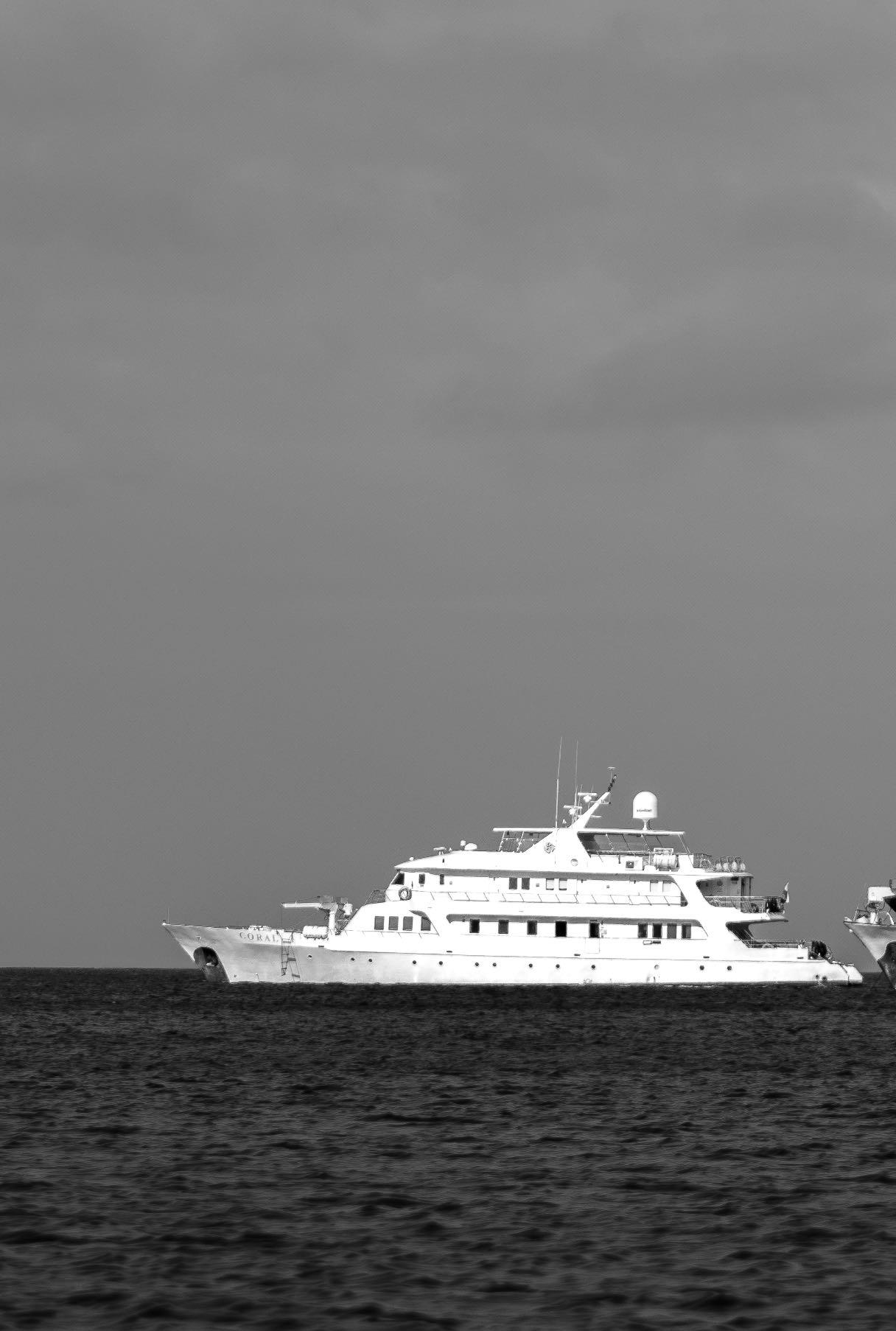
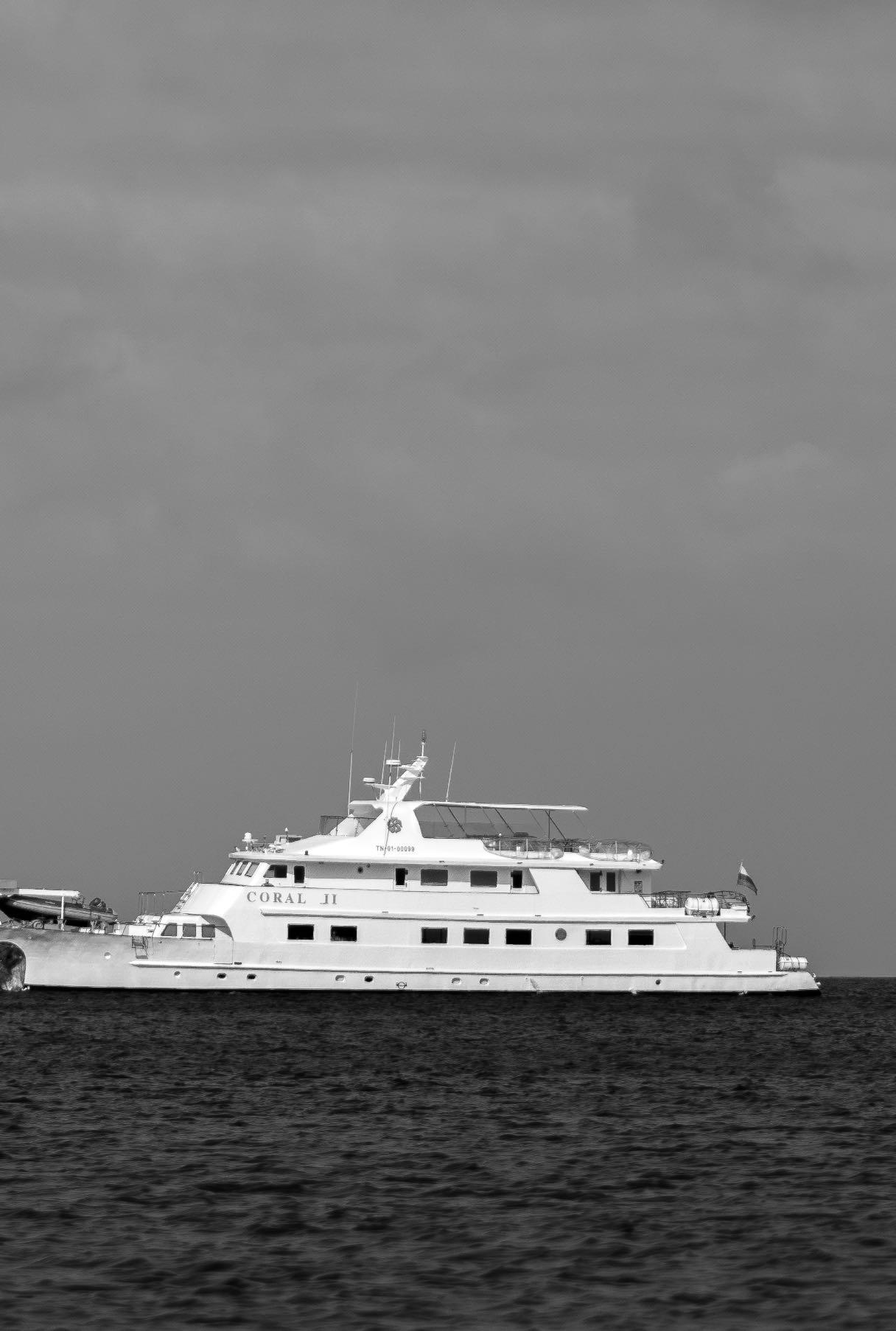

Pasajeros del Coral II abordando la panga, en la Isla Baltra.

Passengers from the Coral II boarding the dinghy on Baltra Island.
El turismo está estrechamente ligado a las redes de transporte y comunicación, siendo el tipo de transporte ofrecido por la empresa un elemento clave. En el área de yates turísticos, se beneficia de flujos rápidos y breves paradas, influenciado por la gestión y logística. La organización por agencias de viajes y operadores turísticos con redes globales aumenta la rentabilidad con el crecimiento de flujos turísticos y la transformación de lugares visitados en productos de consumo, a través de la creación de su imagen mediática. Las islas Galápagos, se encuentran vinculadas al turismo mundial y son descritas en diversos documentos, abarcando una amplia gama de representaciones. Aunque el enfoque puede parecer netamente turístico, no siempre se busca vender explícitamente un destino vacacional, ya que esto contribuye a construir una representación ecológica del espacio descrito.
Tourism is closely linked to transportation and communication networks, with the type of transportation offered by the company being a key element. In the area of tourist yachts, it benefits from rapid flows and brief stops, influenced by management and logistics. Organization by travel agencies and tour operators with global networks increases profitability with the growth of tourist flows and the transformation of visited places into consumer products, through the creation of their media image. The Galápagos Islands are connected to global tourism and are described in various documents, encompassing a wide range of representations. Although the focus may seem purely tourist-oriented, the goal is not always to explicitly sell a vacation destination, as this contributes to building an ecological representation of the described space.










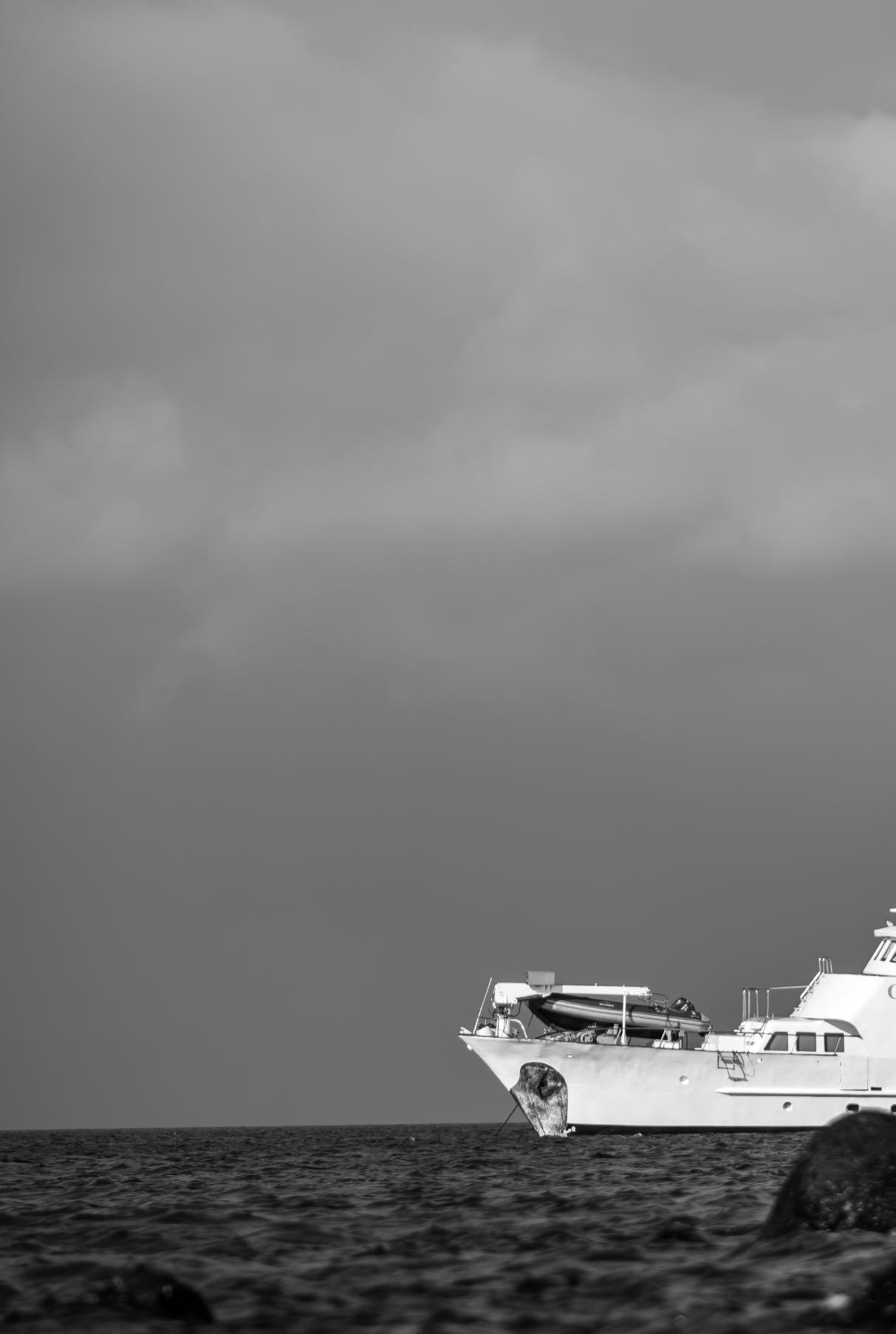
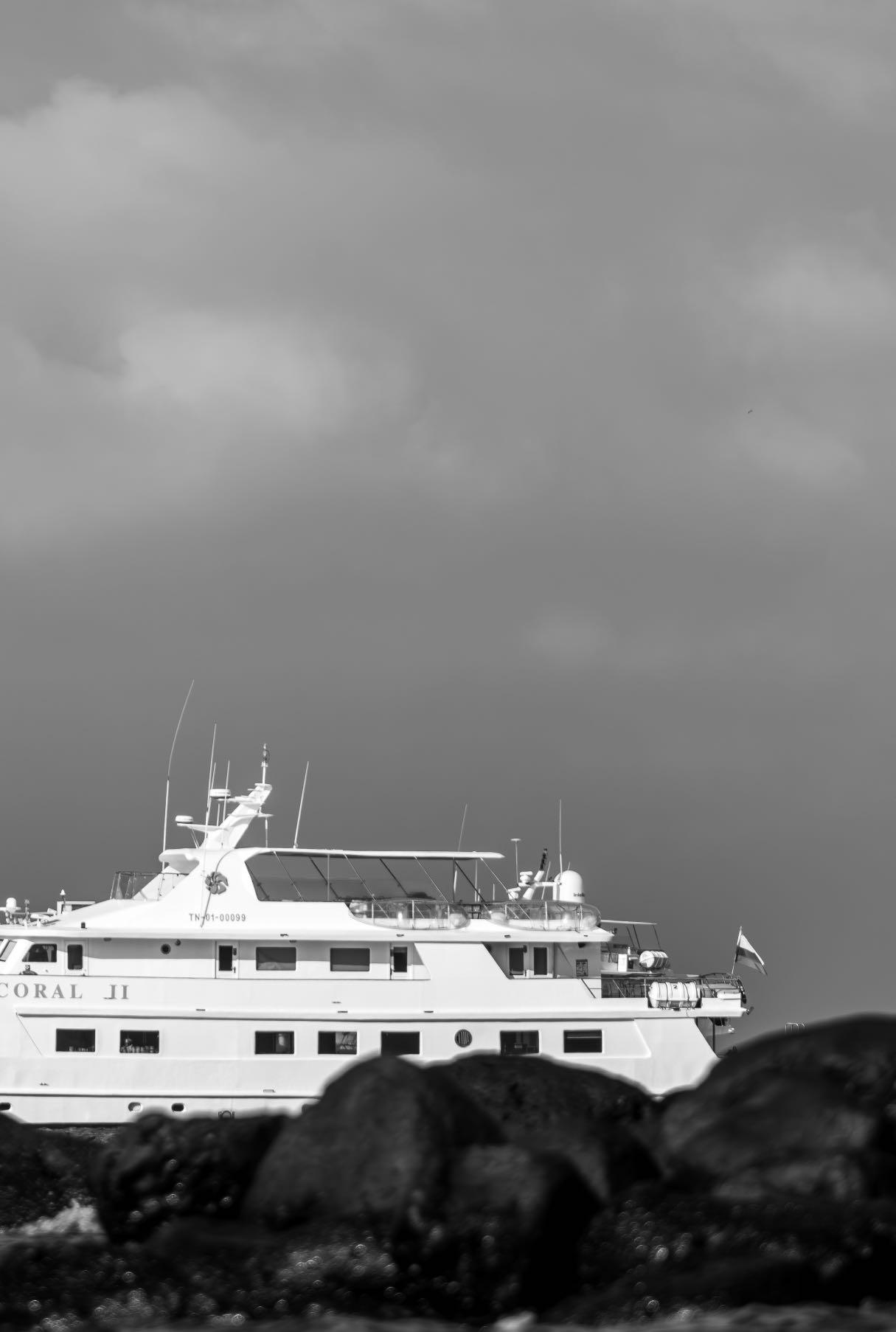
La labor de la tripulación en un crucero es esencial para garantizar una experiencia segura y placentera para los pasajeros. Aunque su trabajo a
menudo pasa desapercibido, su dedicación y esfuerzo son fundamentales para el funcionamiento eficiente de la travesía marítima.
Realizan tareas desde limpieza y mantenimiento hasta brindar atención personalizada, trabajando incansablemente para superar desafíos en alta mar y ofrecer un servicio excepcional. Además, la tripulación actúa como un equipo cohesionado, coordinando esfuerzos para garantizar que cada
The crew’s work on a cruise is essential to ensure a safe and enjoyable experience for passengers. Although their efforts often go unnoticed, their dedication is crucial for the efficient operation of the maritime journey.
They perform tasks ranging from cleaning and maintenance to providing personalized attention, working tirelessly to overcome challenges at sea and deliver exceptional service. Furthermore, the crew acts as a cohesive team, coordinating efforts to ensure that every aspect of the journey is carried out efficiently and smoothly.
aspecto de la travesía se lleve a cabo de manera eficiente y sin contratiempos. Su habilidad para adaptarse a diversas situaciones y superar obstáculos contribuye significativamente a la calidad general de la experiencia turística a bordo.
En última instancia, la dedicación y compromiso de la tripulación constituyen la experiencia del pasajero en un crucero, creando recuerdos inolvidables.
Their ability to adapt to various situations and overcome obstacles significantly contributes to the overall quality of the onboard tourist experience.
Ultimately, the dedication and commitment of the crew shape the passenger’s experience on a cruise, creating unforgettable memories.
Las Galápagos se presentan como una especie de Génesis, donde el surgimiento de islas oceánicas se relaciona con la Creación, los animales sin temor al hombre evocan el Paraíso, y Darwin personifica el Conocimiento. Las islas son destacadas como el territorio de un ilustre sabio, siendo “Darwin” el nombre más prominente, perpetuando el mito de su descubrimiento de la evolución en este lugar.
The Galápagos appear as a kind of Genesis, where the emergence of oceanic islands is related to Creation, animals without fear of man evoke Paradise, and Darwin personifies Knowledge. The islands are highlighted as the domain of a distinguished sage, with “Darwin” being the most prominent name, perpetuating the myth of his discovery of evolution in this place.



La presencia científica también se destaca, especialmente en la “Estación Darwin”, donde los científicos se convierten en una atracción.
Aunque se menciona la “evolución” en muchos textos, su explicación varía en profundidad y se convierte en un pretexto cultural para viajar a las Galápagos.
Scientific presence is also prominent, especially at the "Darwin Station," where scientists become an attraction. Although "evolution" is mentioned in many texts, its explanation varies in depth and becomes a cultural pretext for traveling to the Galápagos.




Soy Mateo Daniel Barrera Cornejo, fotógrafo ecuatoriano afincado en Quito. Mi pasión se centra en una búsqueda constante de aprehender y narrar la realidad a través del ámbito visual, explorando la relación entre la tierra y la luz.
Trato de ir más allá de una simple captura de imágenes, buscando el modo más auténtico de comunicar historias y emociones a través de mis fotos.
I am Mateo Daniel Barrera Cornejo, an Ecuadorian photographer based in Quito. My passion focuses in a constant pursuit to apprehend and narrate reality through visual means, exploring the relationship between earth and light.
I strive to go beyond mere image capture, aiming for the most authentic way to communicate stories and emotions through my photos.
Este libro es el fruto principalmente de la colaboración con Klein Tours / Go Galápagos, expertos en la operación de barcos de 5 estrellas en las islas desde 1983. Con una flota de tres embarcaciones, el Coral I con capacidad para 36 pasajeros, el Coral II con 20 pasajeros, y el lujoso Galápagos Legend diseñado para albergar hasta 100 pasajeros.
This book is primarily the result of collaboration with Klein Tours / Go Galápagos, experts in operating 5-star vessels in the islands since 1983. With a fleet of three boats, the Coral I with a capacity for 36 passengers, the Coral II with 20 passengers, and the luxurious Galápagos Legend designed to accommodate up to 100 passengers.
www.gogalapagos.com.ec
Facebook: @GoGalapagosEcuador
Instagram: @go_galapagos
Twitter: @go_galapagos
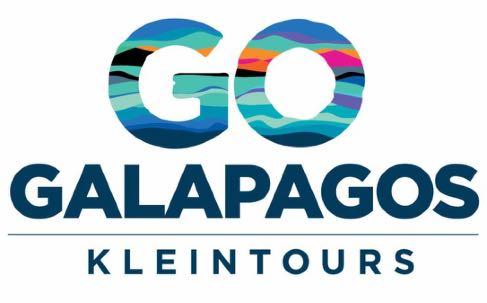
Av. Eloy Alfaro N34-111 & Catalina Aldaz
1705515
Quito, Ecuador
Tel: (593) 2-2267080 / 2-2267000
Fax: (593) 2-2442389
Internacional fax: 1-718-7644251
sales@gogalapagos.com.ec
El proyecto inicia en la organización previa en las oficinas de la operadora turística en continente, puntualmente, en las oficinas de GO GALAPAGOS en Quito, Ecuador. Se analiza allí el proceso de planificación de itinerarios, bodegaje de implementos, empaque de productos, obtención de permisos del INGALA y posteriores envíos a las Islas y traslados abordo. Durante todo el proceso también se busca evidenciar aspectos humanos, económicos, sociales, logísticos, culturales y ambientales. Las fotografías fueron captadas a lo largo de un periodo de tiempo prolongado, logrando capturar momentos fundamentales e intrínsecos de la rutina turística de los yates turísticos.
The project begins with the organization’s prelude at the offices of the tour operator in the continent, specifically at the GO GALAPAGOS offices in Quito, Ecuador. The planning process of itineraries, storage of equipment, packaging of products, obtaining permits from INGALA, and subsequent shipments to the Islands, as well as on-board transfers, is analyzed there. Throughout the entire process, efforts are made to highlight human, economic, social, logistical, cultural, and environmental aspects. The photographs were taken over an extended period of time, capturing fundamental and intrinsic moments of the tourist routine on the tourist yachts.

Quisiera agradecer a todos los que han formado parte de mi carrera y han dado forma a mi experiencia dentro de la fotografia.
Agradecer a Almudena Grandal por el apoyo y guianza desde el principio de este proyecto.
Adicionalmente, a Klein Tours / Go Galápagos por permitirme realizar este proyecto junto con su prestigiosa empresa y a Xavier Granja por compartirme su experiencia y guianza desde los inicios de la carrera.
Agradecer a mis padres, Carmen Elena Cornejo y Alvaro Barrera, su amor, apoyo y sacrificio ha sido una motivación en este transcurso.
Por ultimo, a mi novia y compañera Anaite Vásconez, por acompañarme siempre con su amor, amistad y apoyo.

I would like to thank everyone who has been a part of my career and shaped my experience in photography.
Thank Almudena Grandal for her support and guidance from the beginning of this project.
Additionally, to Klein Tours / Go Galapagos for allowing me to carry out this project together with their prestigious company and Xavier Granja for sharing his experience and guidance from the beginning of the career.
Thanks to my parents, Carmen Elena Cornejo and Alvaro Barrera, for their love, support and sacrifice it has been a motivation throughout this course.
Finally, to my girlfriend and partner Anaite Vásconez, for always accompanying me with her love, friendship and support.



